History of Computing in Science and Engineering in 153 Chapters
About
- This is a curated and experimental site, offering historical and visual index of all collected sources.
- The site does not host any of the files. It only provides an index and links to full text files.
- Full text of many sources is behind a paywall. You may need to obtain a subscription to read full text.
Latest Issue
2024
| 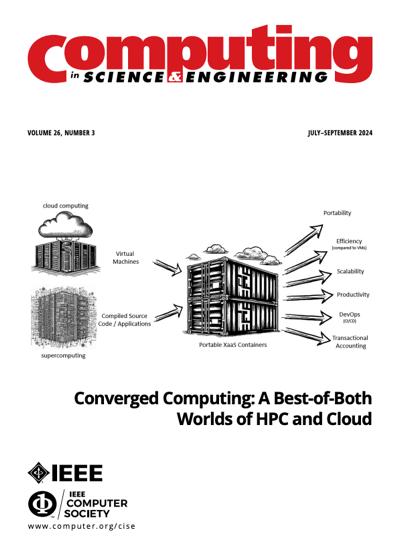 | Latest Issue:
|
History
| · | ||
2023
| 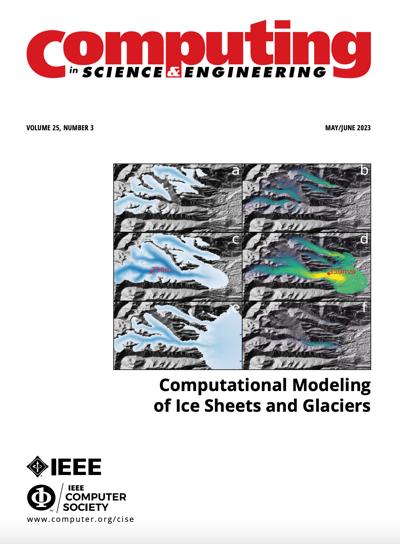 | A Year Ago:
|
| · · · · | ||
2019
| 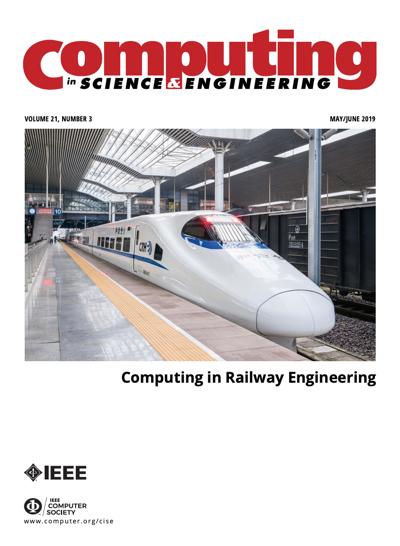 | 5 Years Ago:
|
| · · · · · | ||
2014
| 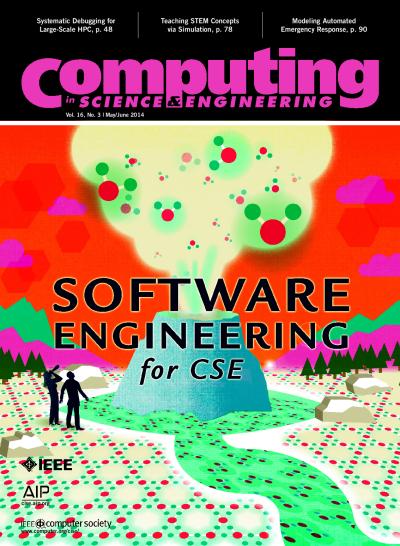 | 10 Years Ago:
|
| · · · · · | ||
2009
| 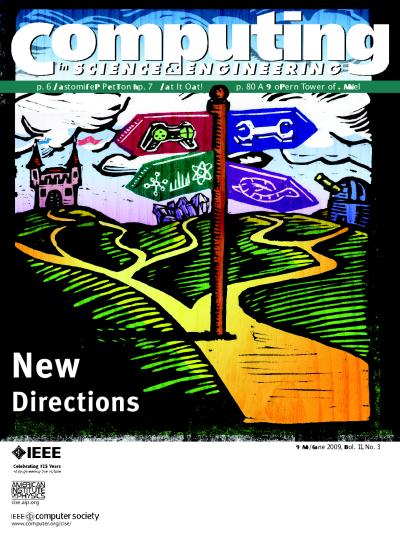 | 15 Years Ago:
|
| · · · · · | ||
2004
| 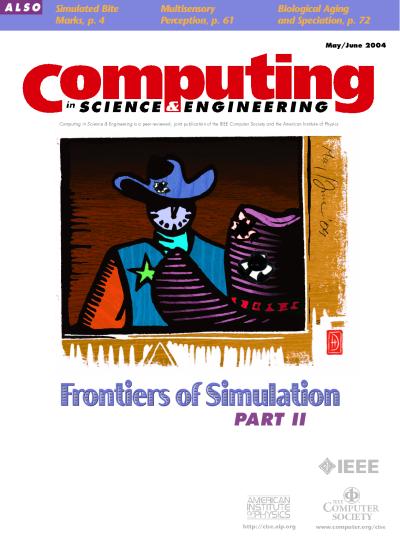 | 20 Years Ago:
|
| · · · · · · | ||
1999
| 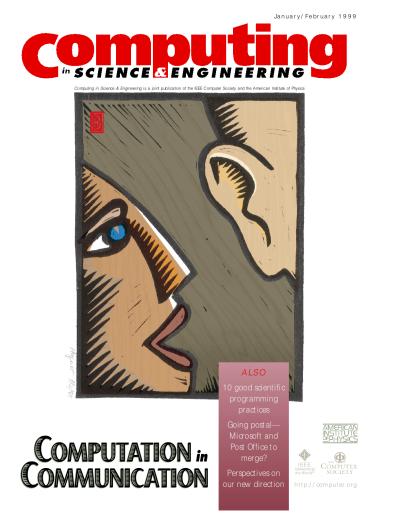 | Premiere Issue:
|
History of Ideas
This report provides a chronological overview of key themes and trends in computational science and engineering, derived from a diverse collection of article titles published between 1999 and 2025. It highlights the evolving landscape of high-performance computing, software development, interdisciplinary applications, and the growing emphasis on inclusivity and reproducibility in scientific research.
The Dawn of a New Millennium: Foundations and Expanding Horizons (1999-2001)
The turn of the millennium marked a period of foundational development and an expansion of computational science into diverse new fields. The core themes revolved around the application of sophisticated numerical methods, the burgeoning impact of the internet, and the early whispers of emerging computing paradigms.
Key Themes & Trends:
- Computational Applications: Science was rapidly applying computational methods to complex real-world problems. This included "computational finance," "dynamic fracture analysis," "molecular dynamics simulations," and "computational chemistry."
- Numerical Methods & Algorithms: Foundational algorithms like the Fast Fourier Transform (FFT), Monte Carlo methods, and linear algebra techniques were central, as seen in titles such as "The FFT: an algorithm the whole family can use" and "Photon-beam radiation therapy and Monte Carlo."
- Early Web Integration: The internet began to be recognized as a platform for scientific data dissemination and collaboration, with articles like "How to distribute your software over the web" and "Serving scientific data over the Web."
- Emerging Paradigms: The very early days of quantum computing and biologically inspired computing started to appear, with titles like "Quantum Computation" and "DNA-based computation." This period also saw initial explorations into "nanoscience, nanotechnology, and modeling."
Notable Shifts & Continuities:
- Continuity: The strong emphasis on core simulation and modeling, rooted in physics and engineering, remained a constant.
- Shift: A clear diversification into fields like finance, materials science (particularly "nanotechnology"), and biomedicine began, moving beyond traditional physics applications. The internet's role started shifting from purely information access to a platform for distributed science.
The Grid Era and Growing Complexity (2002-2005)
This period was significantly shaped by the concept of "Grid computing" – connecting distributed computational resources – and a growing awareness of the complexities inherent in large-scale simulations.
Key Themes & Trends:
- Grid Computing: This concept matured, aiming to enable large-scale distributed computations across various scientific domains, as evidenced by "Weaving computational grids: how analogous are they with electrical grids?" and "Scientific applications of Grid computing."
- Climate and Earth System Modeling: A strong focus emerged on environmental challenges, particularly "climate modeling," "global weather prediction," and simulating "Earth's interior."
- Biological and Medical Applications: Bioinformatics continued to boom, with titles like "Bioinformatics booming" and "virtual human anatomy," alongside applications in medical imaging and therapy.
- Verification & Validation (V&V): As simulations grew in complexity and impact, the critical importance of V&V became a prominent theme, highlighted by "The Michelson-Morley experiment: a case study on validation" and "Validating astrophysical simulation codes."
- Software Development Practices: Discussions around "software development around a millisecond" and "maintaining correctness in scientific programs" pointed to an increasing professionalization of scientific software.
Notable Shifts & Continuities:
- Continuity: Core simulation, visualization, and numerical methods remained central, but with an increased scale and ambition.
- Shift: The "Grid" became the dominant paradigm for distributed computing, replacing more ad-hoc approaches. The explicit focus on "verification and validation" signaled a maturing discipline where trust in computational results was paramount. Python began its quiet ascent, being mentioned in titles like "A nest of Pythons."
The Rise of Python, GPUs, and Reproducibility (2006-2009)
This era saw the cementing of Python as a go-to language for scientific computing, the transformative impact of Graphics Processing Units (GPUs) for acceleration, and a critical push towards reproducible research.
Key Themes & Trends:
- Python Dominance: Python's versatility and growing ecosystem became highly visible, with dedicated issues and articles such as "Python for Scientific Computing," "IPython: A System for Interactive Scientific Computing," and "Using Python to Solve Partial Differential Equations."
- GPU Computing: GPUs emerged as powerful accelerators for scientific applications, leading to "Solving Computational Problems with GPU Computing" and "Getting Started with GPU Programming."
- Reproducible Research: The community increasingly recognized the need for "Reproducible Research in Computational Harmonic Analysis," exploring "Distributed Reproducible Research Using Cached Computations," and even the "Legal Framework for Reproducible Scientific Research."
- Petascale Computing: The next frontier in supercomputing, "petascale computing," became a major goal, with discussions on "Science and Engineering in the Petascale Era" and "Software for Petascale Computing Systems."
- Software Engineering for Science: A growing awareness of software quality, productivity, and sustainability for scientific codes became evident, with titles like "Software Carpentry: Getting Scientists to Write Better Code" and "Scientific Computing's Productivity Gridlock: How Software Engineering Can Help."
Notable Shifts & Continuities:
- Continuity: Simulation and visualization remained core, now empowered by new tools and hardware.
- Shift: Python moved from a niche to a central tool. GPUs revolutionized computational speed, and the concept of "reproducibility" became a major cross-cutting theme, reflecting a more mature and rigorous approach to scientific computation. Early mentions of "cloud computing" ("Coming Soon: Research in a Cloud") foreshadowed the next major shift.
Cloud, Exascale, and Big Data Challenges (2010-2014)
This period was characterized by the increasing adoption of cloud computing, the ambitious pursuit of exascale computing, and the growing challenge of managing and analyzing "big data."
Key Themes & Trends:
- Cloud Computing Adoption: The cloud transitioned from a concept to a practical platform for scientific work, seen in "Scientific Computing in the Cloud," "Cloud Computing for the Sciences," and "A Scientist's Guide to Cloud Computing."
- Exascale Computing Pursuit: The goal of "exascale computing" intensified, encompassing discussions on "Programming for Exascale Computers" and "Exascale Computing Trends."
- Big Data: The sheer volume of scientific data became a significant challenge and opportunity, giving rise to "Extreme Data-Intensive Scientific Computing" and "Big Data Applications Using Workflows for Data Parallel Computing."
- Performance Portability: As hardware architectures became more diverse (GPUs, FPGAs, many-core), "performance portability" became a critical concern for software development.
- Domain-Specific Applications: Continued deep dives into areas like "hurricane prediction," "earthquake engineering," and "biomedical research."
Notable Shifts & Continuities:
- Continuity: GPUs remained vital, and the importance of professional software engineering for scientific applications deepened.
- Shift: Cloud computing offered new avenues for accessibility and scaling. "Big Data" emerged as a standalone challenge, and the focus on "exascale" defined the next generation of supercomputing. The "COVID-19 High-Performance Computing Consortium" (2010, implying early response capabilities) showed the growing responsiveness of HPC to global crises.
Professionalization, Inclusivity, and Societal Impact (2015-2019)
This era saw an increasing focus on the sustainability and professionalization of scientific software, a growing emphasis on diversity and inclusion within the computing community, and the broader societal impact of computational science.
Key Themes & Trends:
- Software Sustainability and Engineering: The importance of "Research Software Engineering" became formalized, with titles like "The Software Sustainability Institute: Changing Research Software Attitudes and Practices" and "Building and Sustaining a Community Resource for Best Practices in Scientific Software: The Story of BSSw.io." Concepts like "technical debt in computational science" and "metamorphic testing" gained traction.
- Diversity & Inclusion: A significant and explicit focus on addressing the "gender gap in computing," "broadening participation," and creating "diverse and inclusive HPC communities" became more prominent. This was highlighted by articles such as "Bridging the Gender Gap in Computing: Insights From Latin America with a Focus on Brazil" and "The ACM Richard Tapia Celebration of Diversity in Computing Conferences."
- Citizen Science: The potential for public engagement in scientific research through computation began to be explored, as seen in "Citizen Science with Hubble Space Telescope Data."
- Workflow Automation: Managing complex computational processes through "workflow management" gained traction, with "The Evolution of the Pegasus Workflow Management Software" and "SciPipe - Turning Scientific Workflows into Computer Programs."
- International Collaboration on Exascale: The global nature of the exascale race was clear, with insights into "High Performance Computing Development in China," "The European Approach to the Exascale Challenge," and "Japan's Flagship 2020 'Post-K' System."
Notable Shifts & Continuities:
- Continuity: Reproducibility remained a strong theme, often tied to software quality and workflows. Cloud and GPU computing continued to be essential tools.
- Shift: A profound shift towards human and organizational aspects of computational science, emphasizing the people behind the code, the longevity of their work, and equitable access to the field.
Pandemics, AI Integration, and the Software Ecosystem (2020-2025)
The most recent period reflects the immediate impact of global events, a deepening integration of artificial intelligence, and a holistic view of the software ecosystem necessary for advanced computing.
Key Themes & Trends:
- COVID-19 Response: The computational science community rapidly mobilized to address the "COVID-19 Pandemic," with extensive work on "Infection Modeling Case Study," "Biomolecular Simulations in the Time of COVID-19," and "Computational Decision Support for the COVID-19 Healthcare Coalition."
- AI/ML Integration: Artificial intelligence and machine learning moved beyond specialized applications into general "high-performance computing workflows," aiming for "AI-aided automation" and even using "AI Tools Such as ChatGPT for learning programming."
- Jupyter Ecosystem: Jupyter Notebooks emerged as a central "problem-solving environment for computational science," enhancing "reproducible scientific workflows" and "interactive supercomputing."
- Refined Software Engineering: The formal recognition and support for "Research Software Engineers (RSEs)" became a major focus, addressing "career entry points and training gaps," and fostering "software productivity and sustainability" through initiatives like BSSw.io and IDEAS.
- Cloud Evolution: Cloud computing continued to evolve, demonstrating "Secure Federated Learning Across Heterogeneous Cloud and High-Performance Computing Resources" and "Network-Attached FPGAs in the Cloud."
- Future Trajectories: Forward-looking topics included "A Computing Continuum for Science," "energy-efficient computing," and advanced modeling for "pathway analysis in an idealized atmosphere configuration of E3SM."
Notable Shifts & Continuities:
- Continuity: The drive for "performance portability," "reproducibility," and "diversity and inclusion" persisted and gained more practical implementation, moving from discussion to actionable strategies.
- Shift: The rapid application of computational science to global crises became a defining feature. AI became deeply embedded in the "workflow" and "development" aspects of HPC, not just as an application. The focus on a cohesive "software ecosystem" and the professional identity of RSEs marked a significant maturation of the field. Discussions around new languages like Rust and Julia showcased an evolving preference for robustness and performance.
Conclusion
The trajectory of computational science and engineering from 1999 to 2025 demonstrates a remarkable evolution. Starting with foundational algorithms and niche applications, the field rapidly expanded its reach across diverse scientific and engineering disciplines. Key advancements in hardware (GPUs, exascale systems) and infrastructure (Grids, Clouds) continually pushed the boundaries of what was possible. Concurrently, there has been a profound shift towards professionalizing the craft of scientific software development, emphasizing sustainability, reproducibility, and addressing critical human elements like diversity, equity, and inclusion. The integration of AI and the rapid response to global challenges like pandemics highlight computational science's growing role as an indispensable tool for discovery, innovation, and societal impact. The future points towards a seamlessly integrated, intelligent, and energy-efficient "computing continuum for science."
A searchable index (by theme and year) of all 153 IEEE Computing in Science and Engineering cover pages (from 1999 to present).
2024

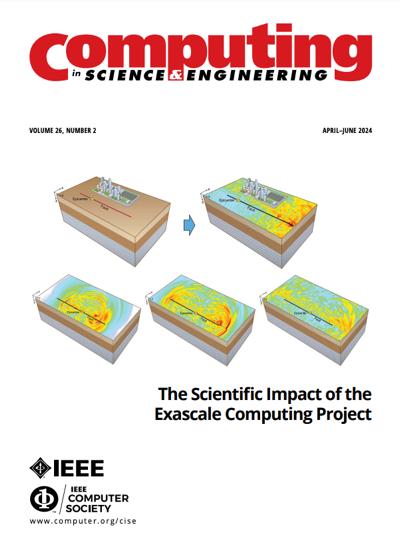
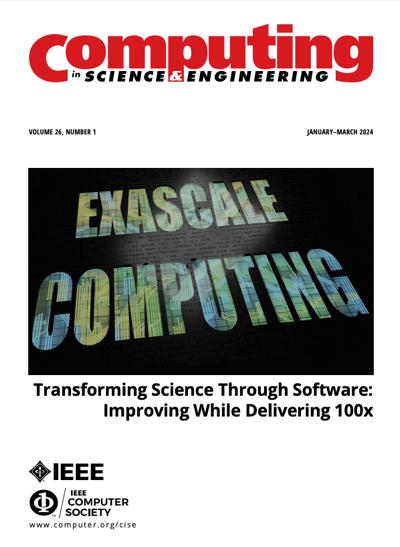
2023
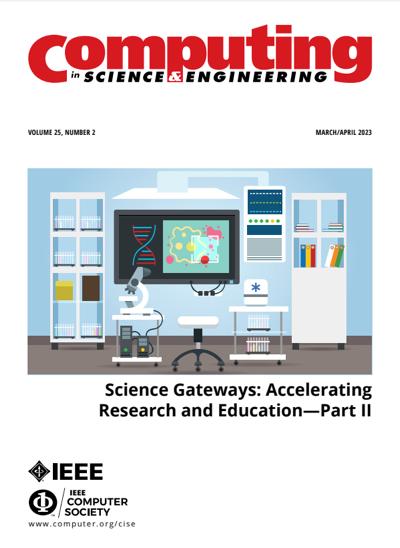
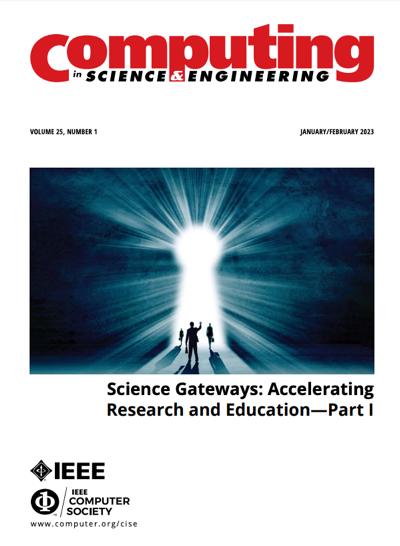
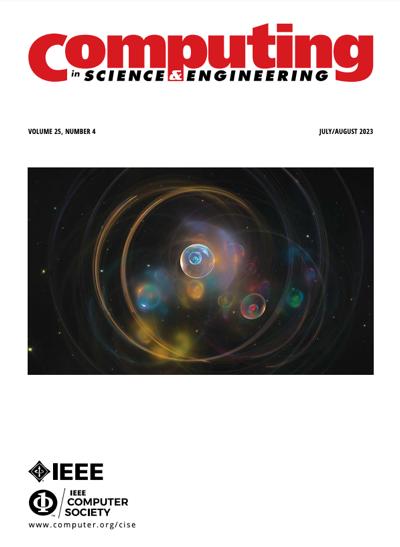

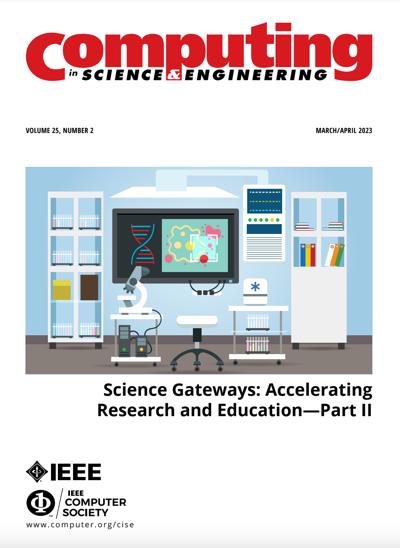
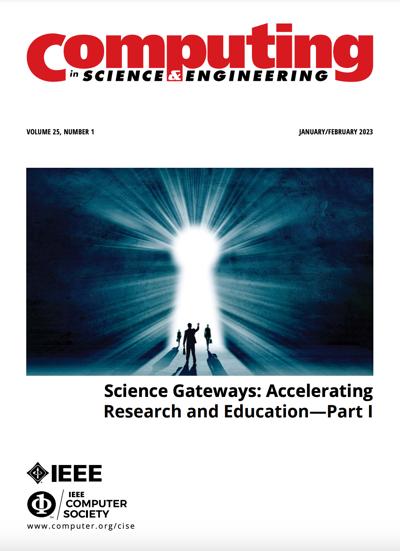
2022
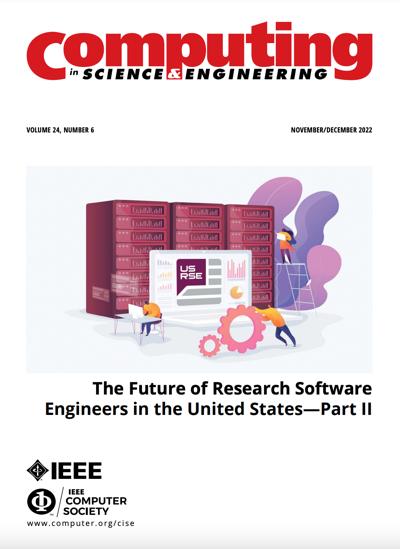
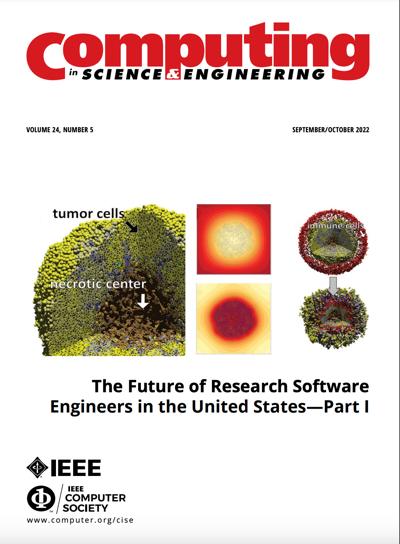
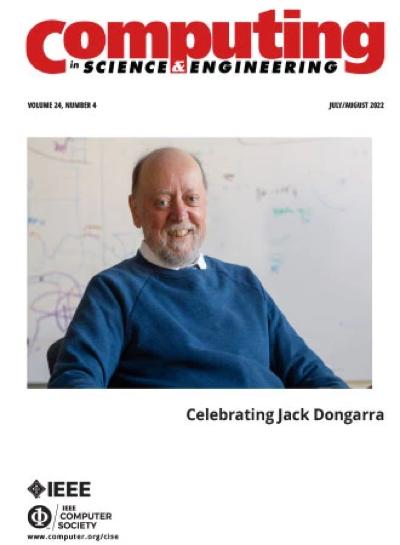
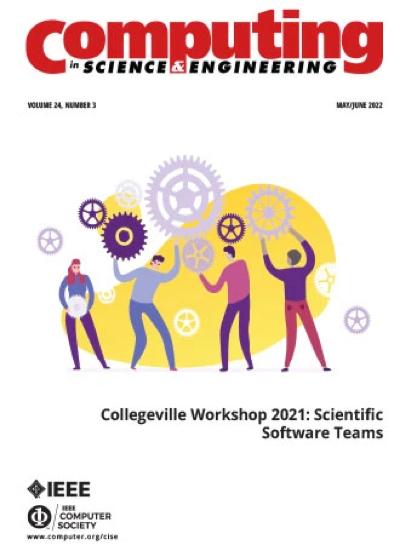
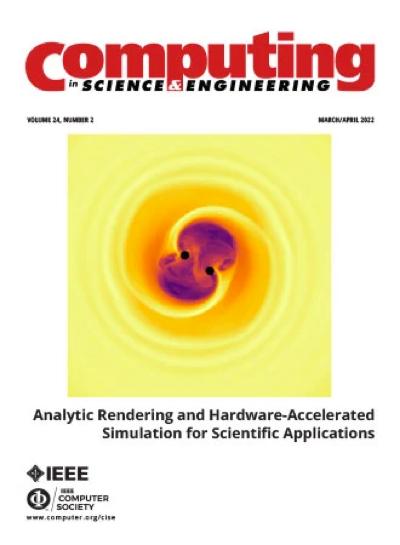
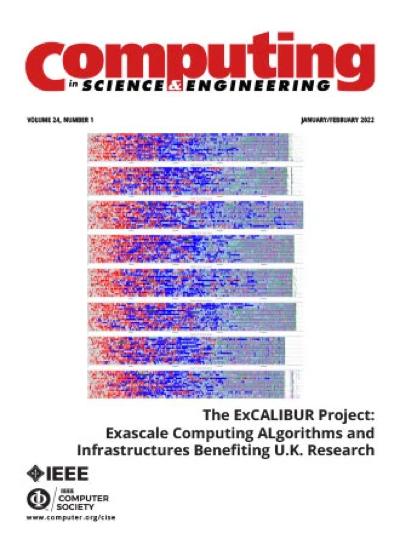
2021
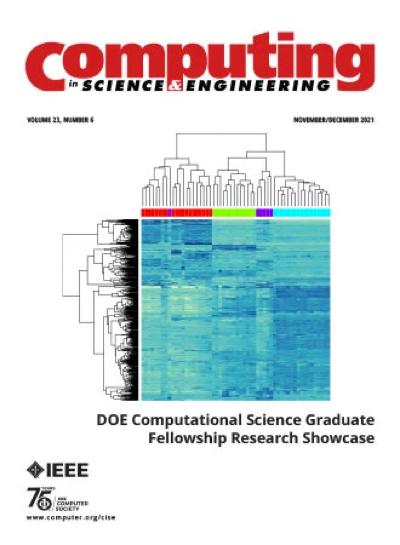
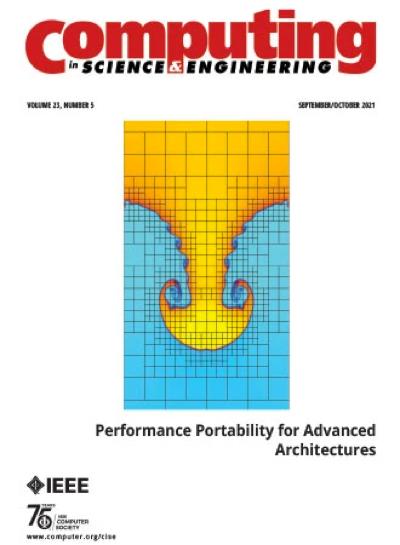
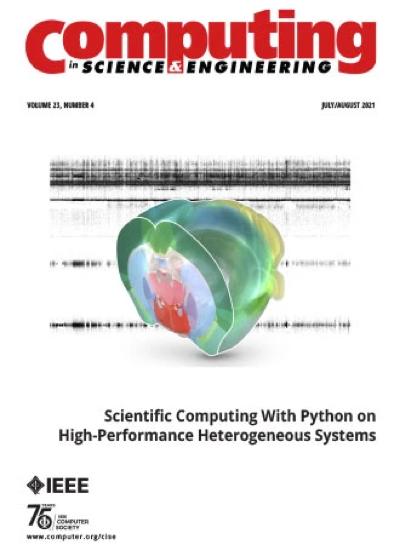
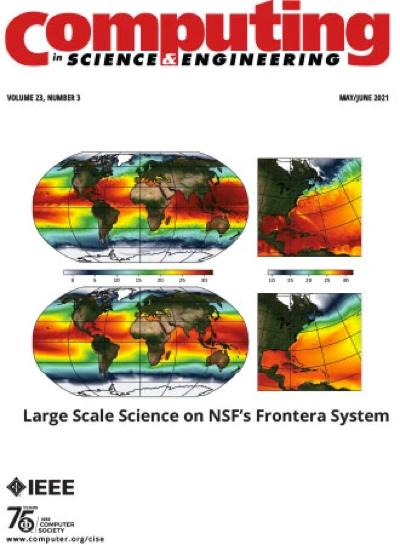
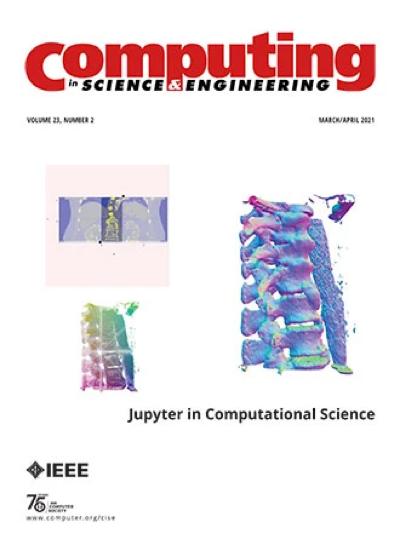
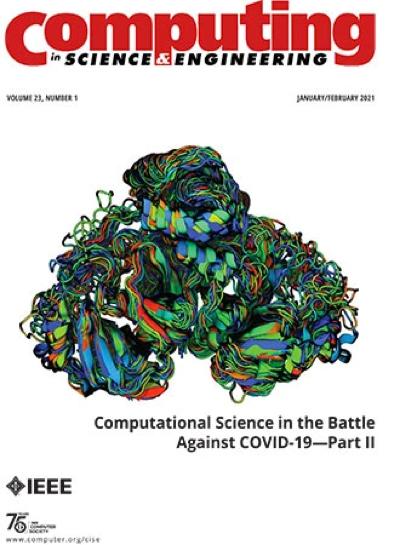
2020
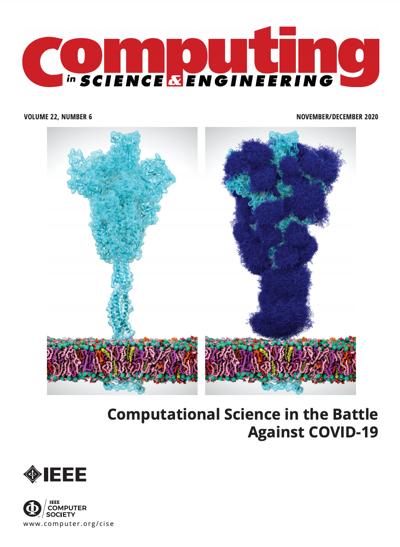
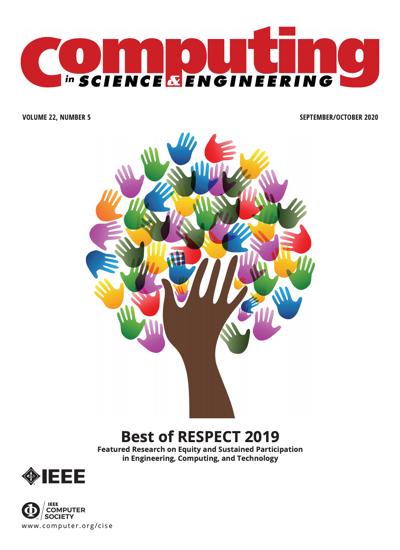
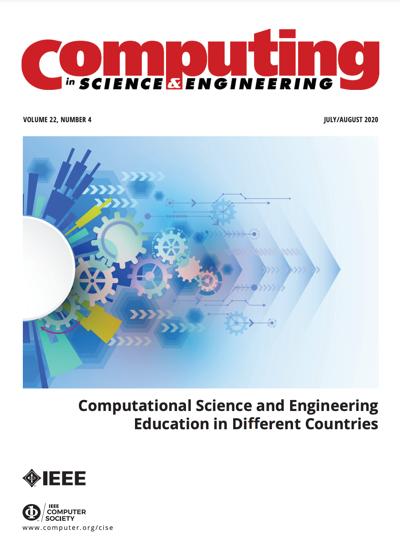
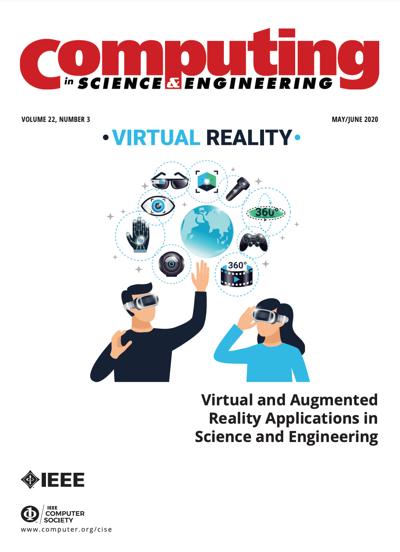
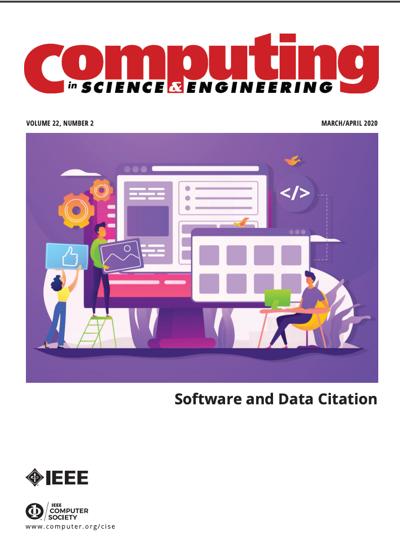
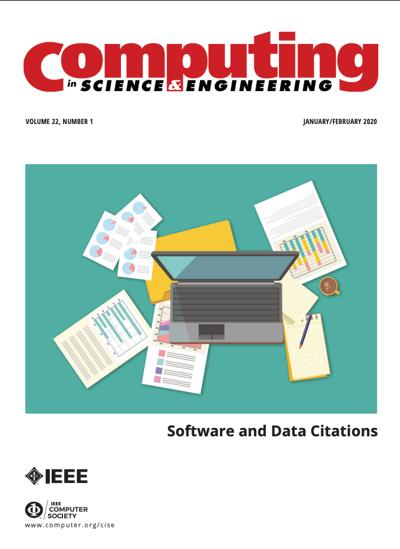
2019
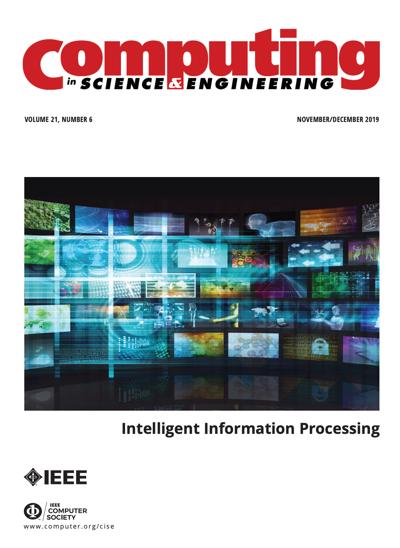
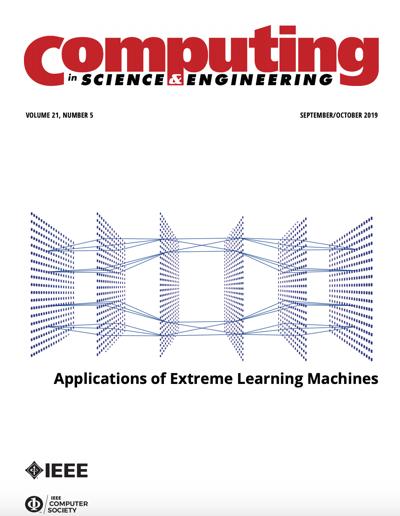
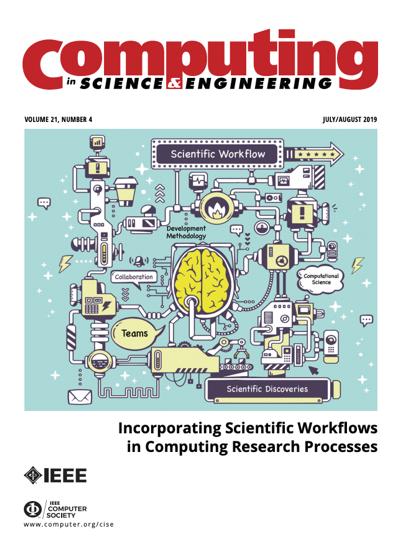

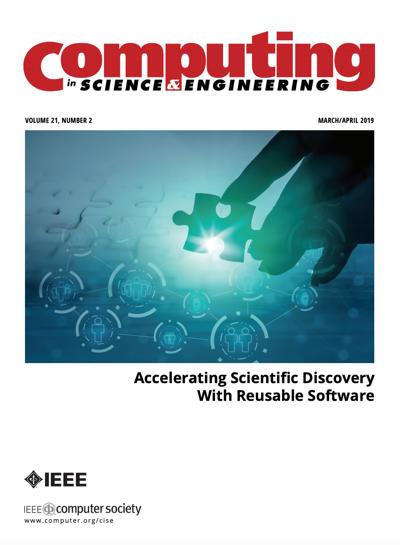
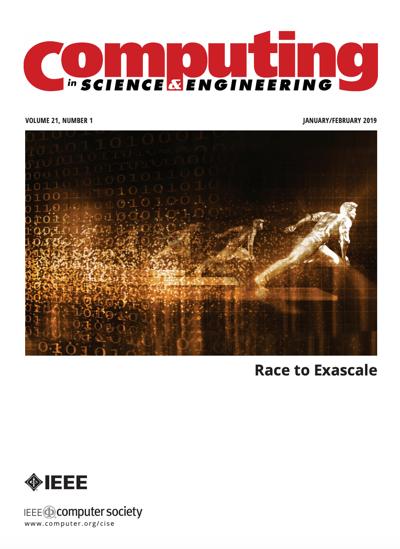
2018
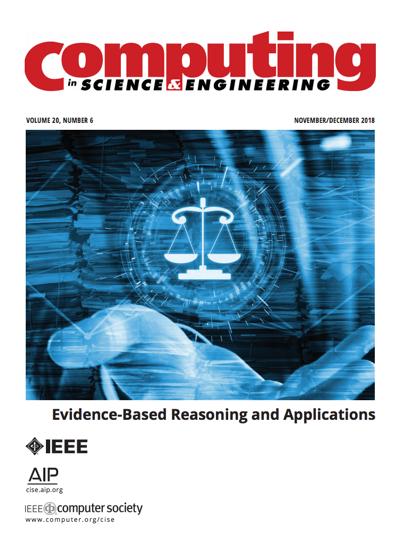
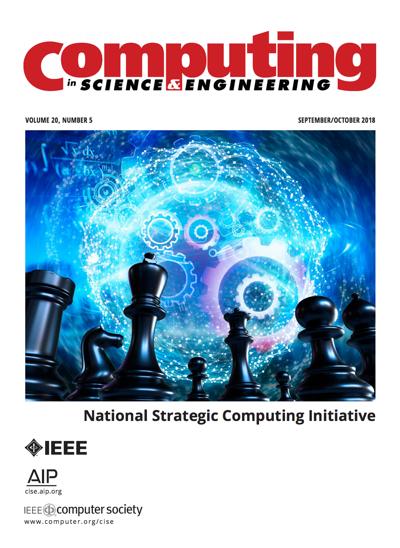
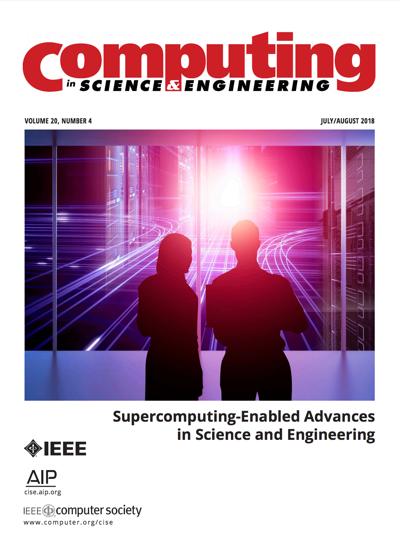
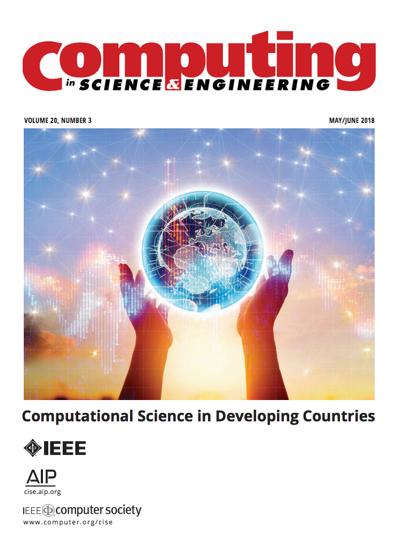
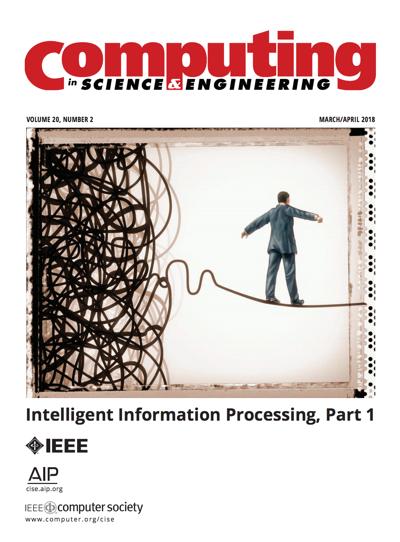
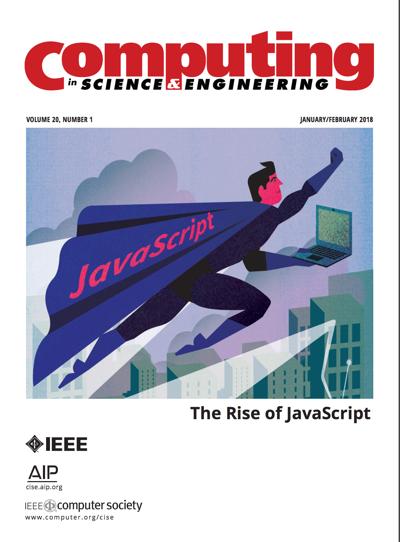
2017
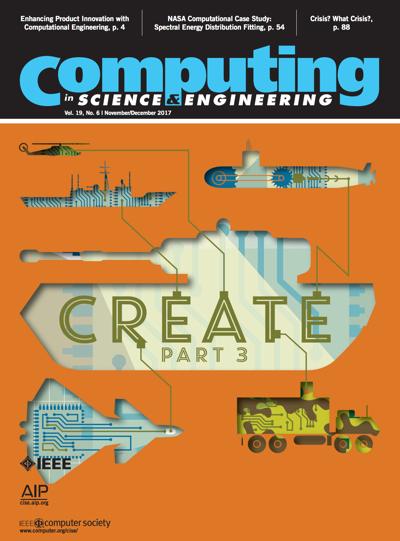
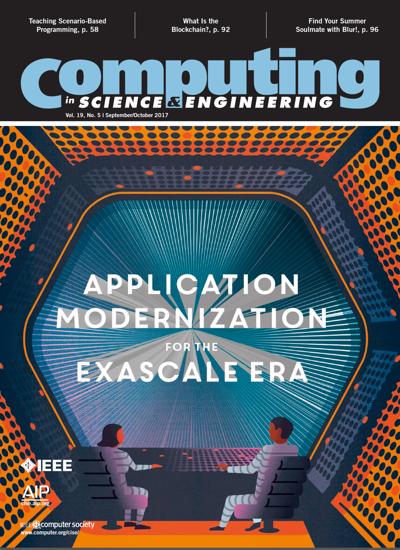
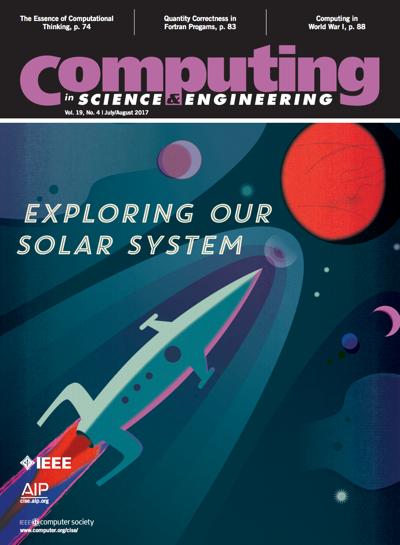
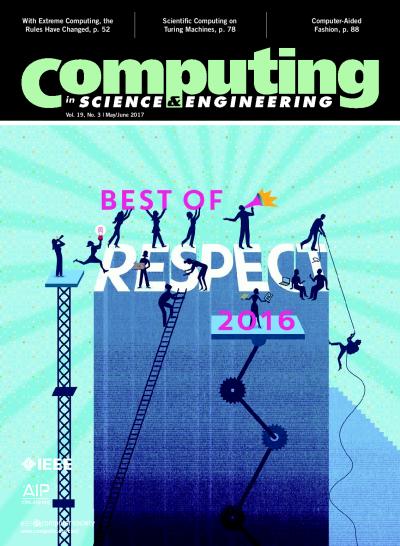
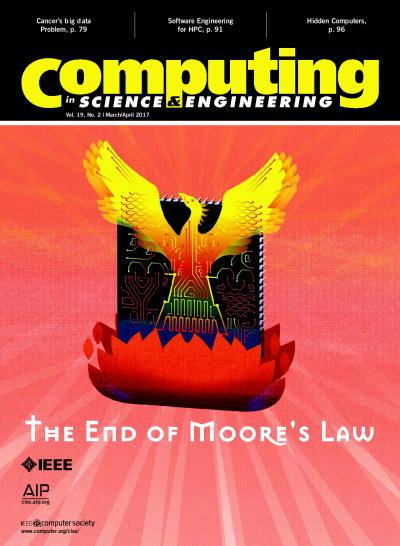
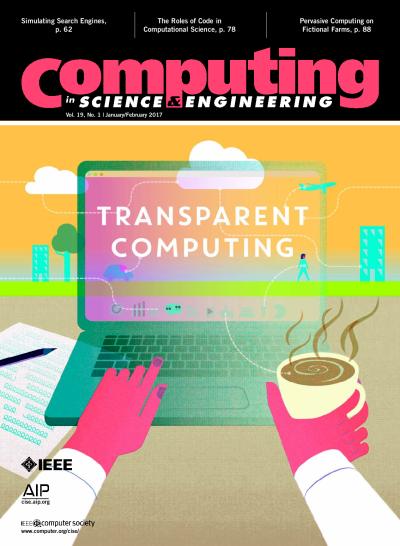
2016
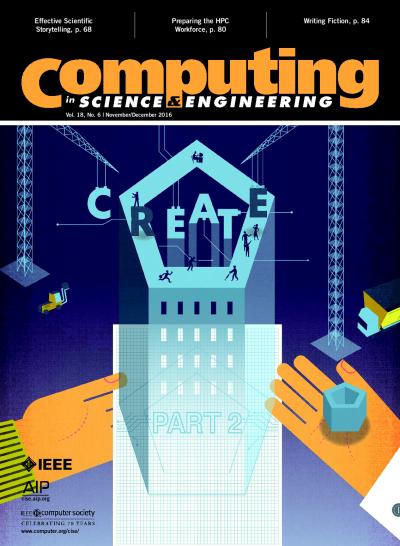
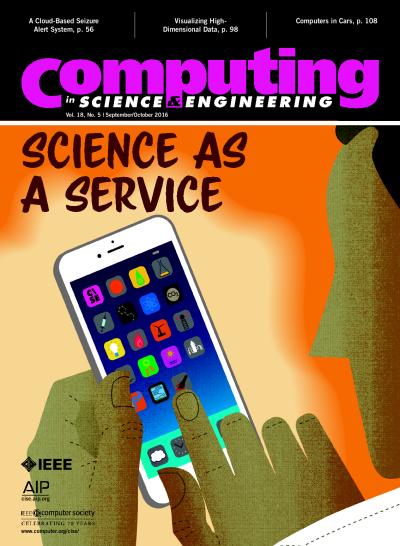
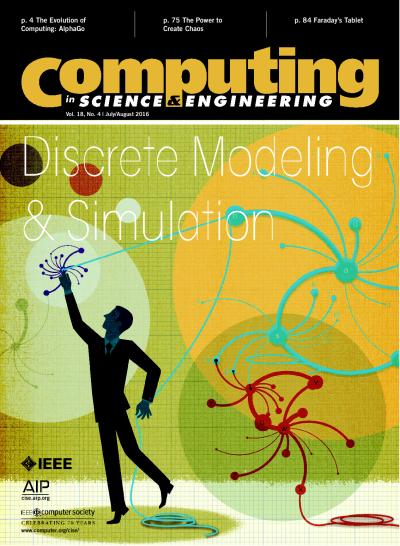
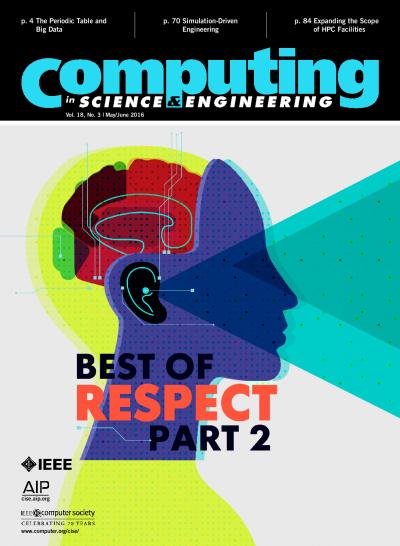
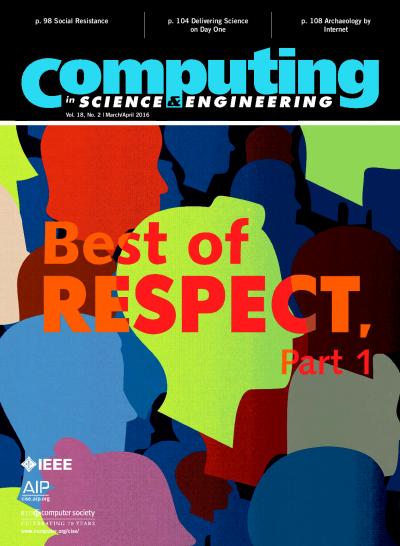
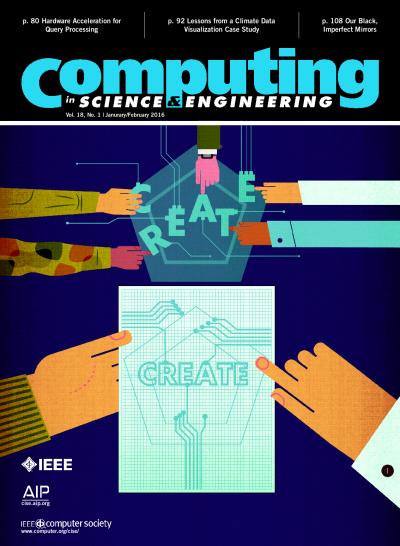
2015
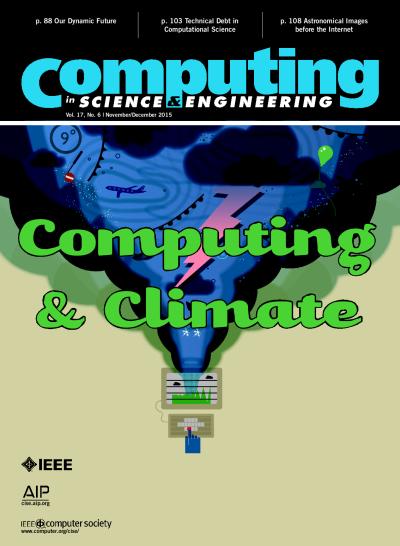
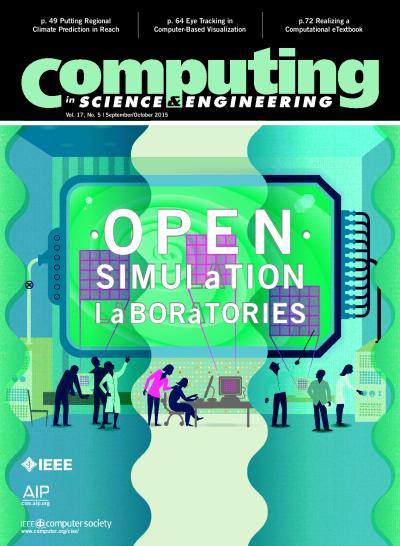
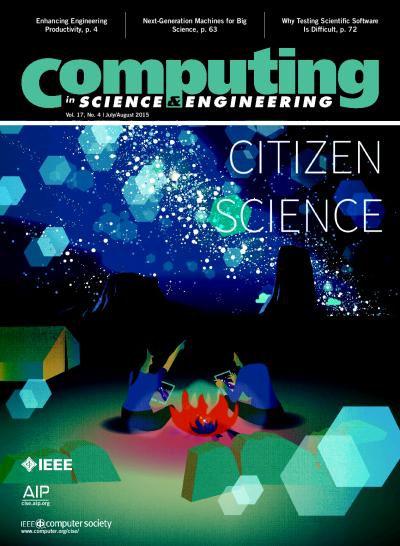
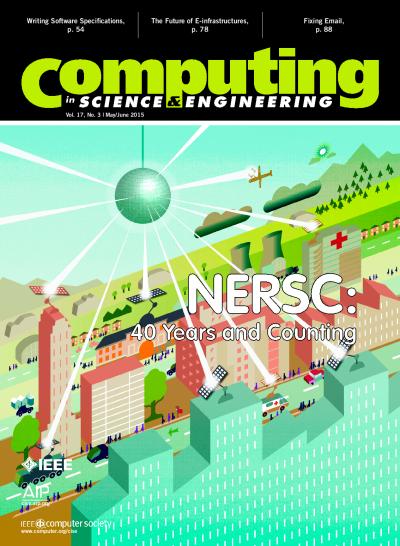
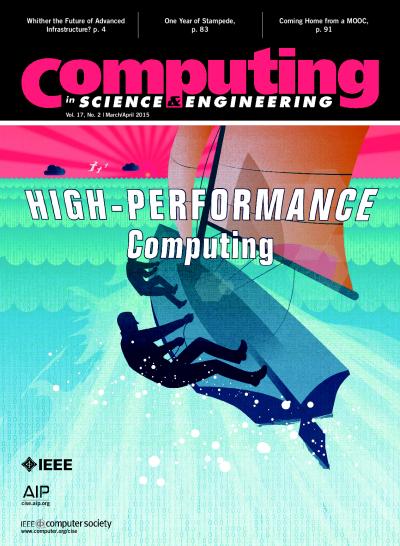
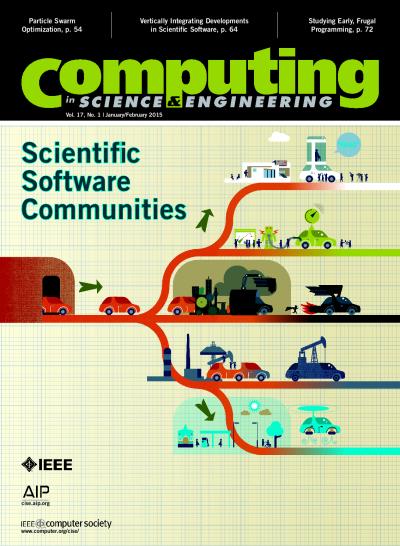
2014
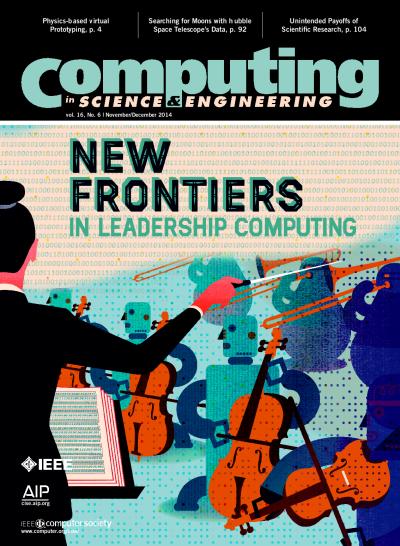
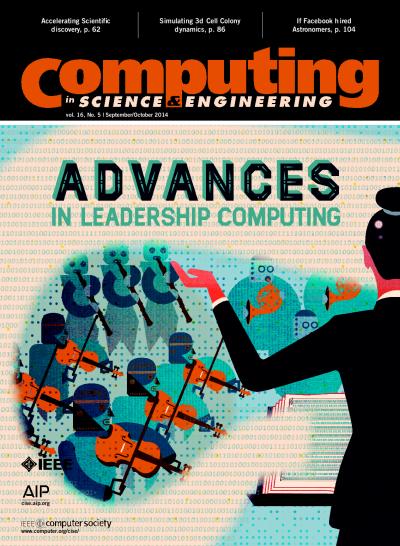
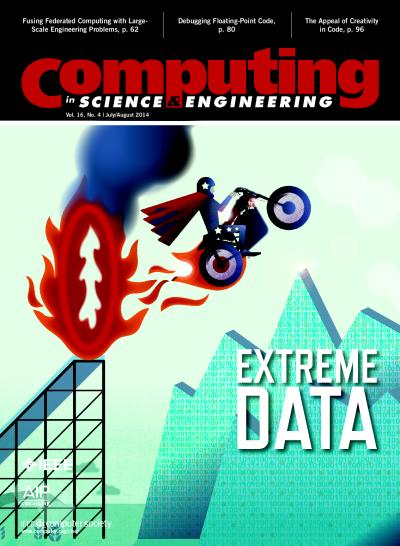

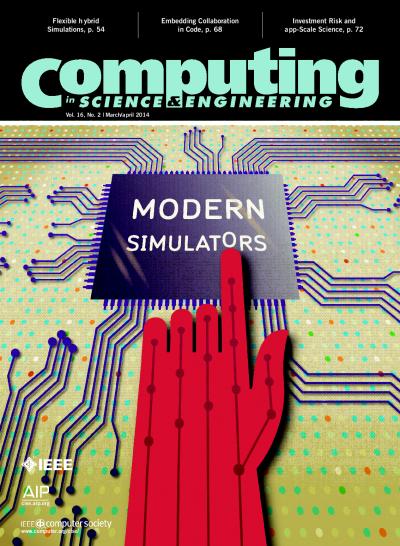
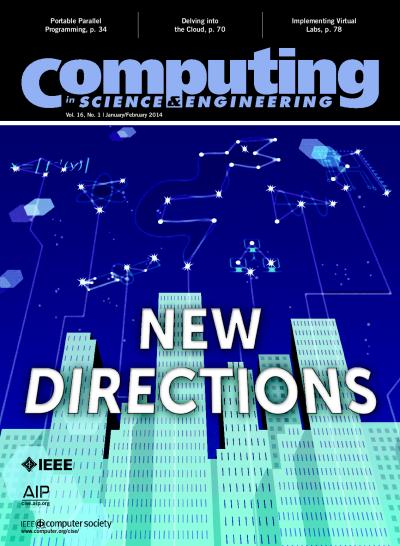
2013
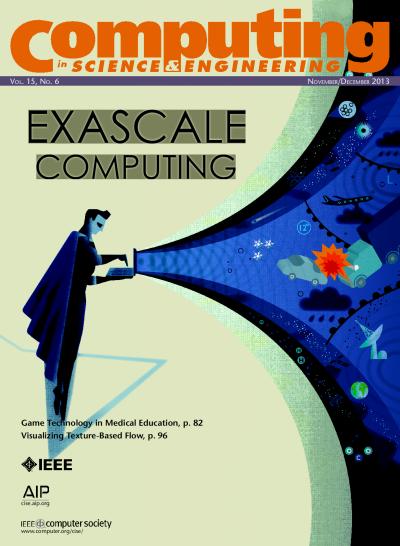
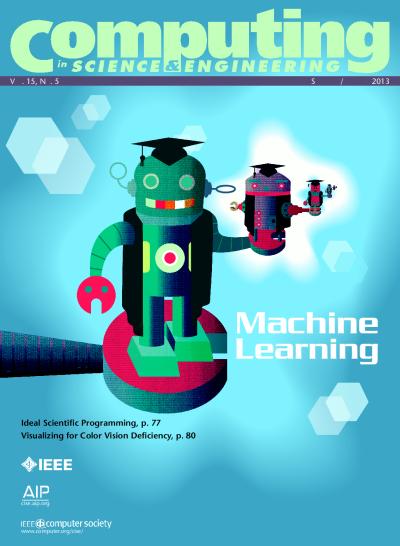
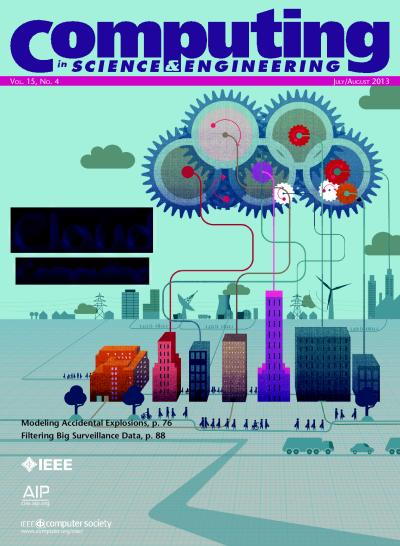
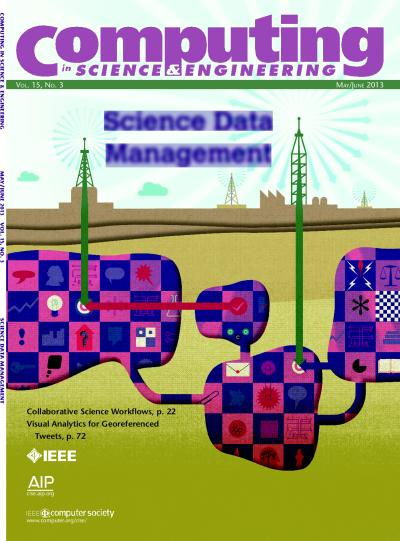
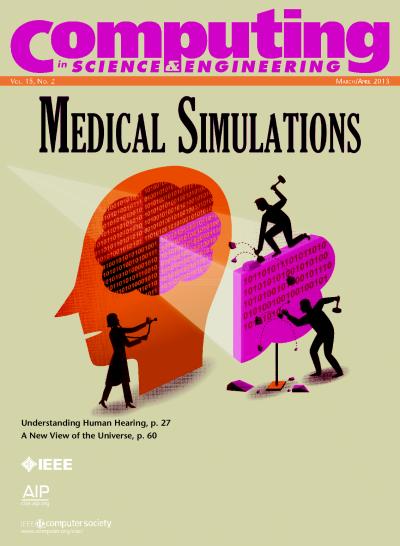
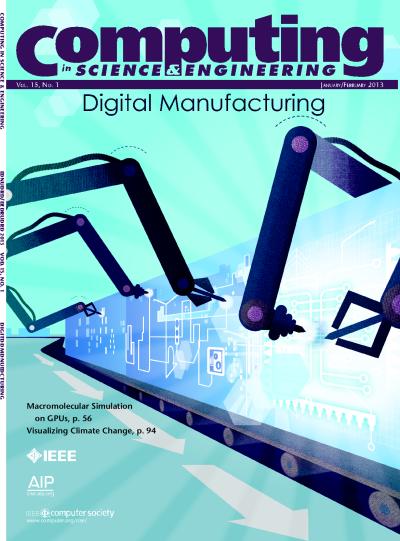
2012
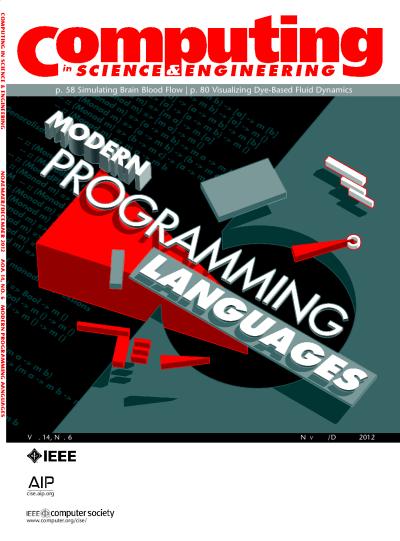
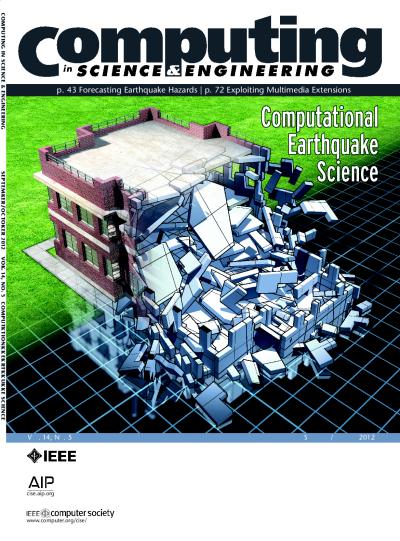
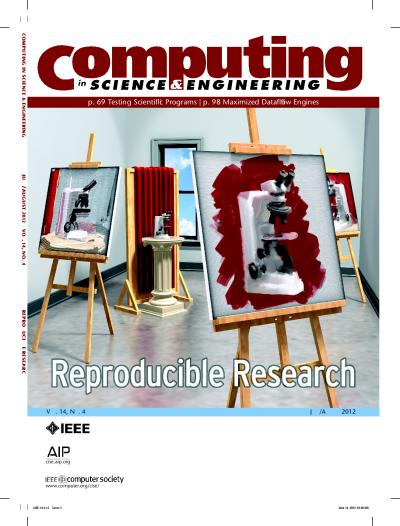
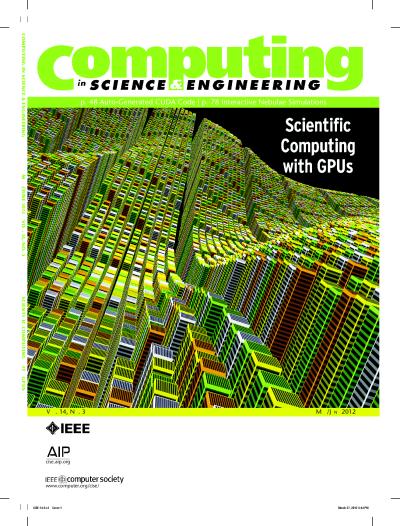
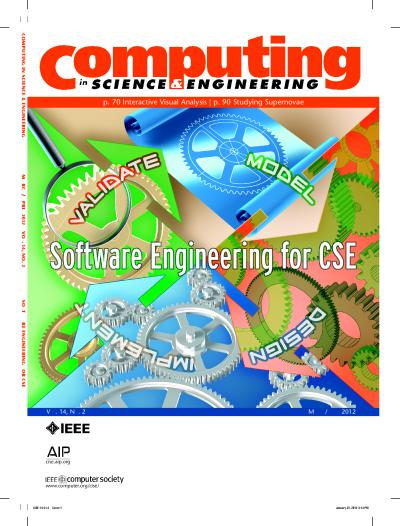
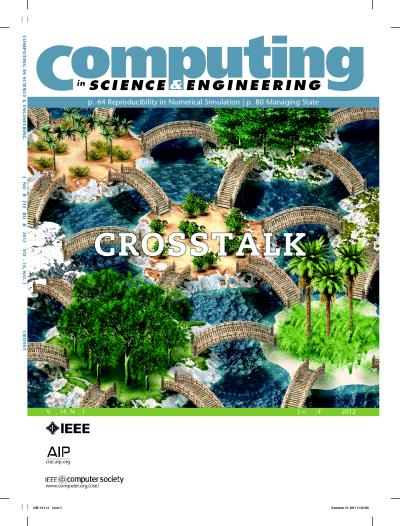
2011
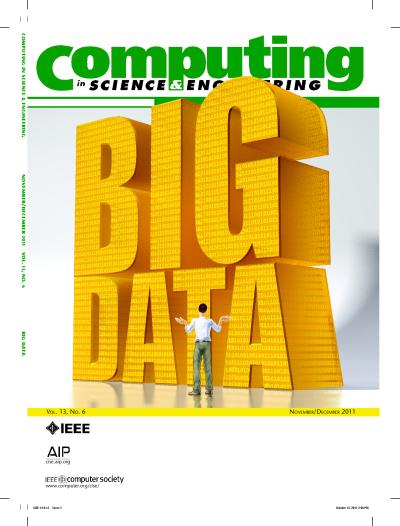
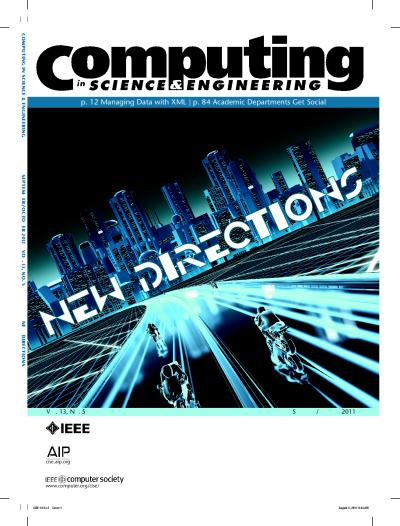
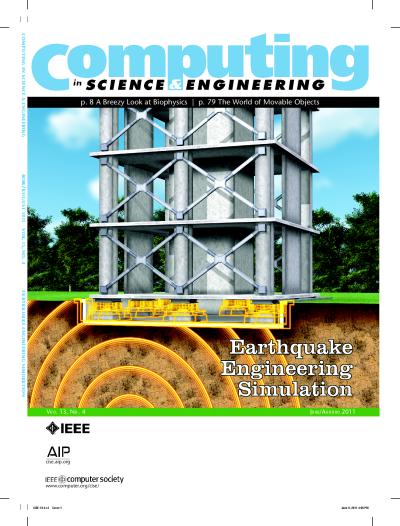
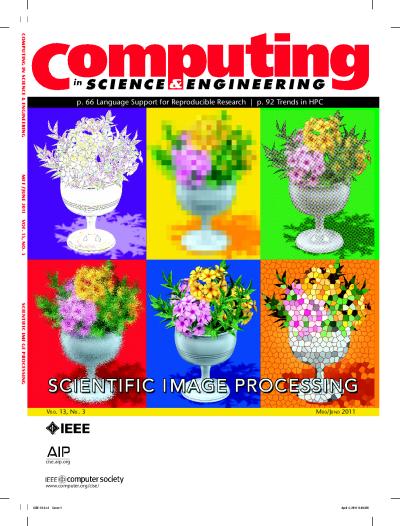
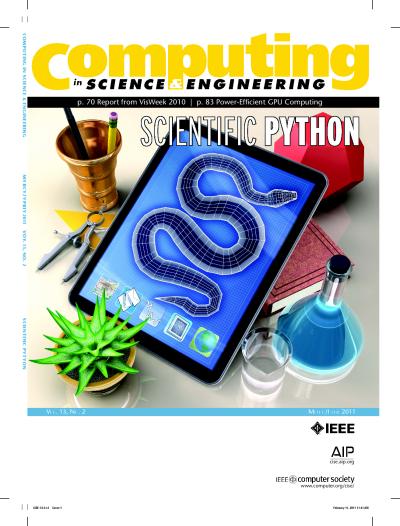
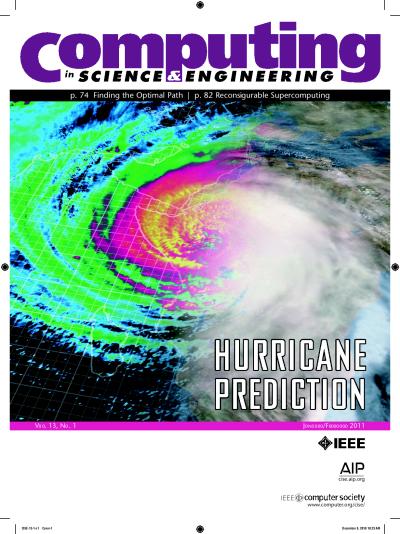
2010
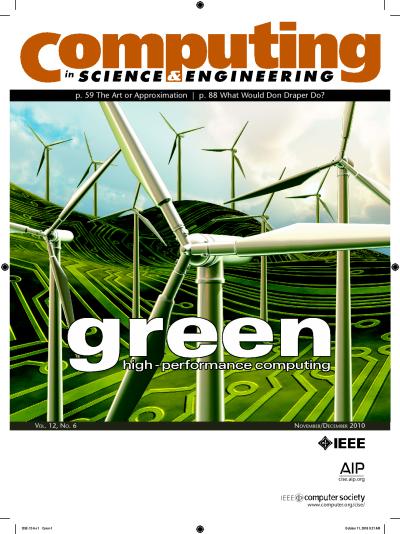
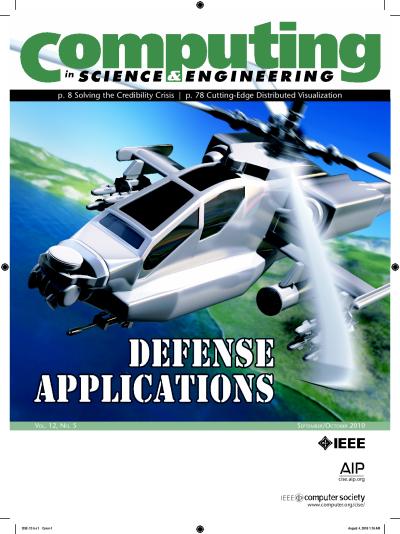
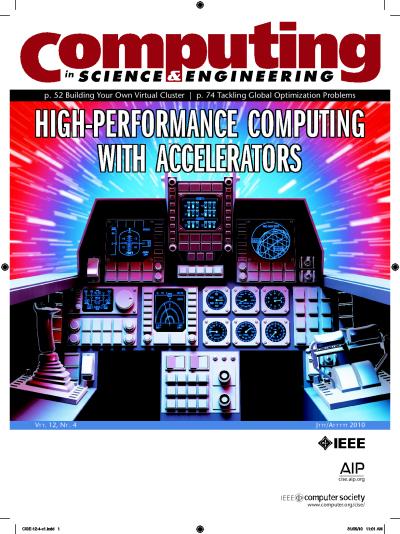
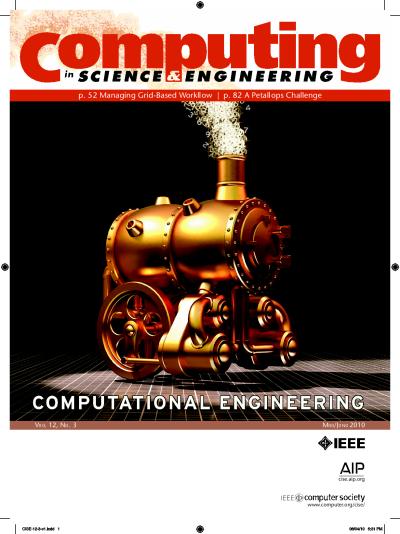
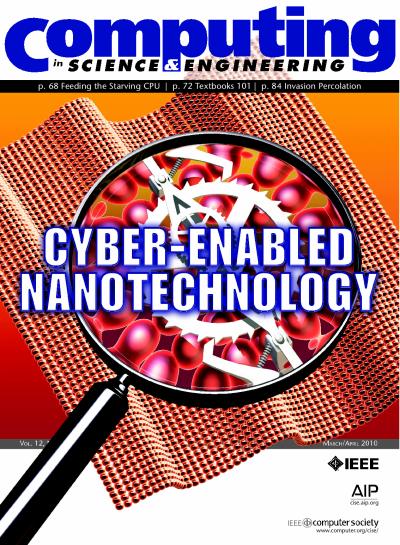
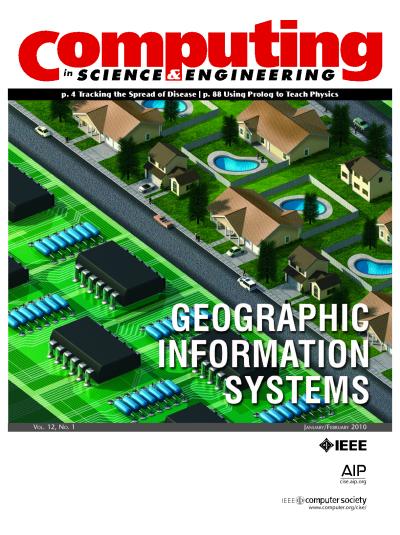
2009
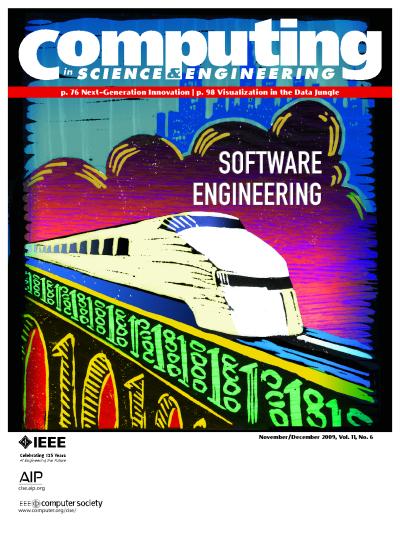
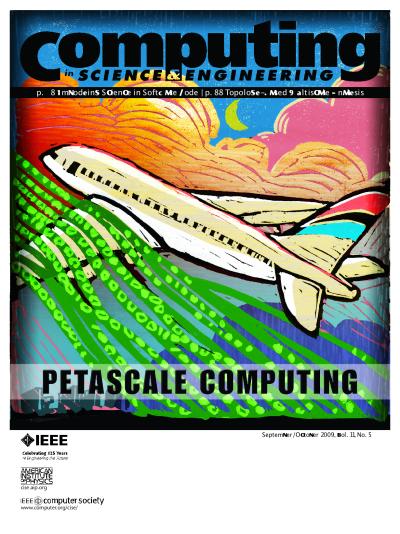
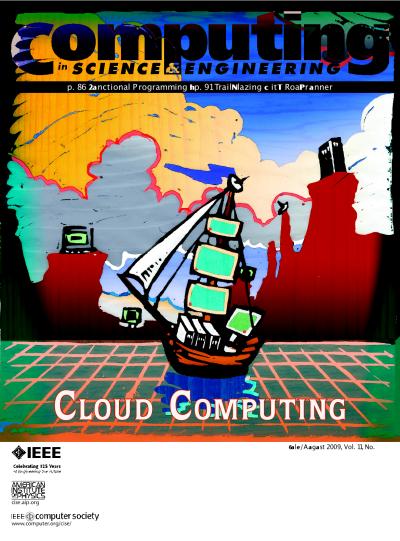

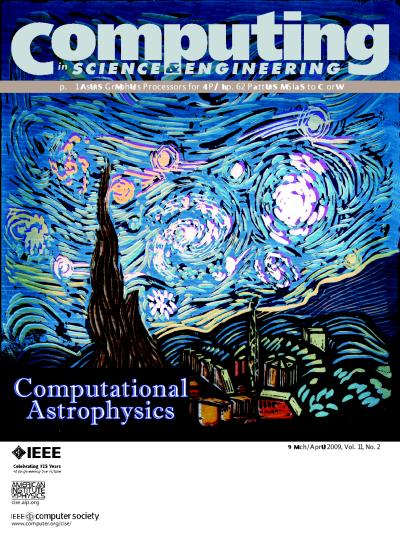
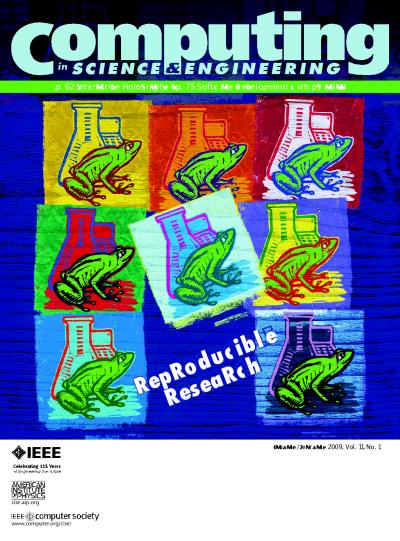
2008
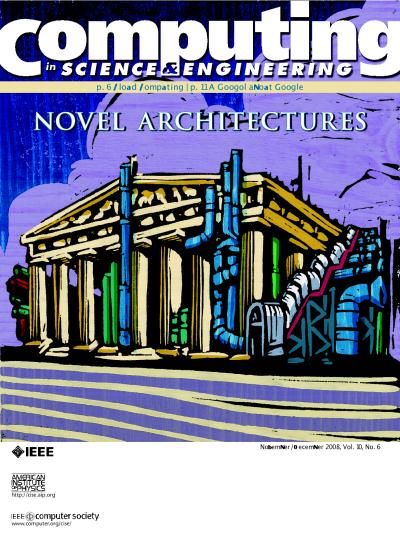
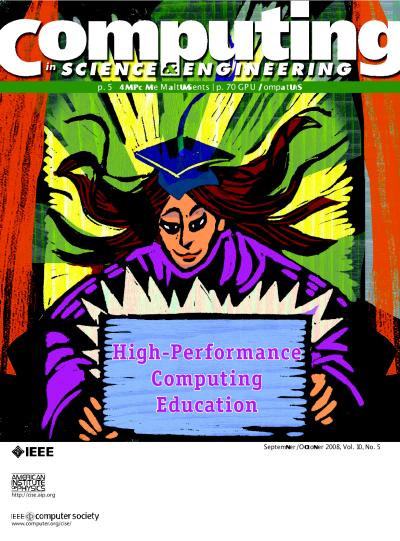
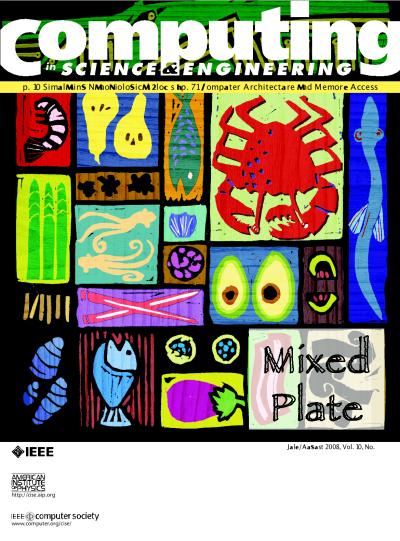
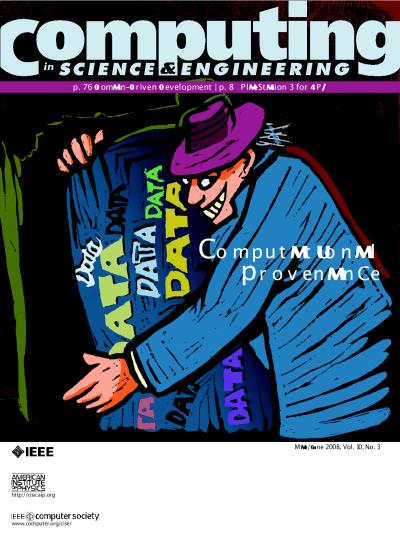
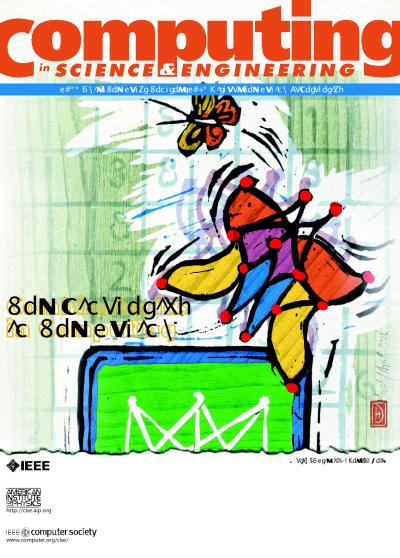
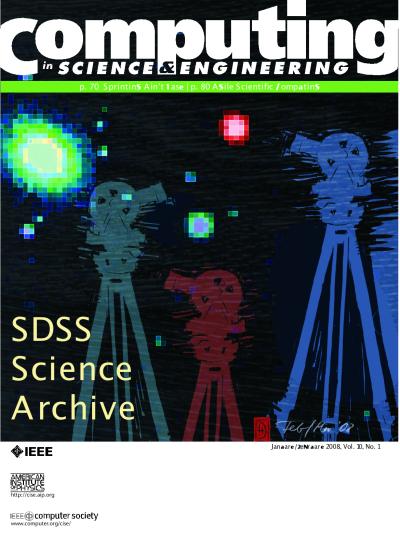
2007
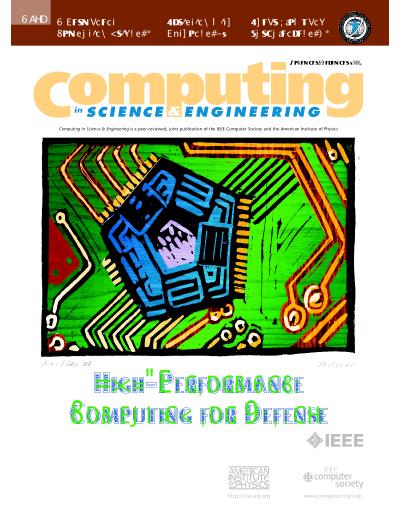
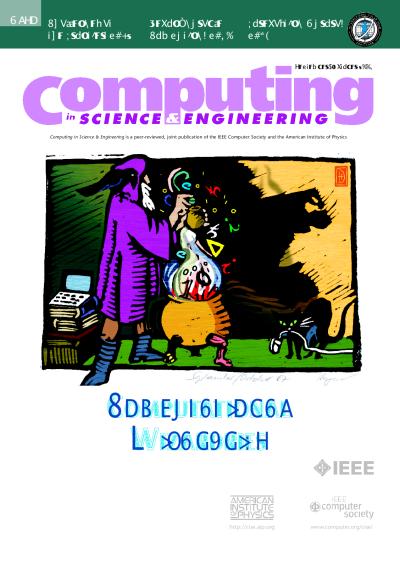
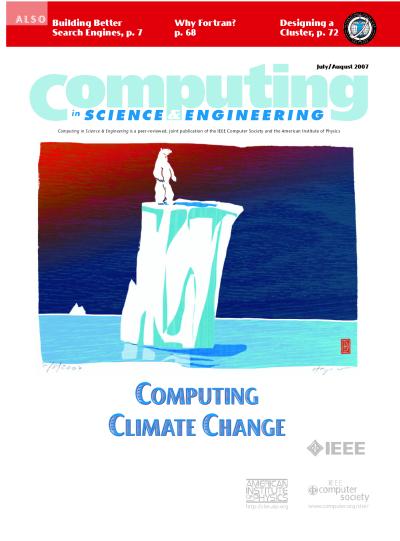
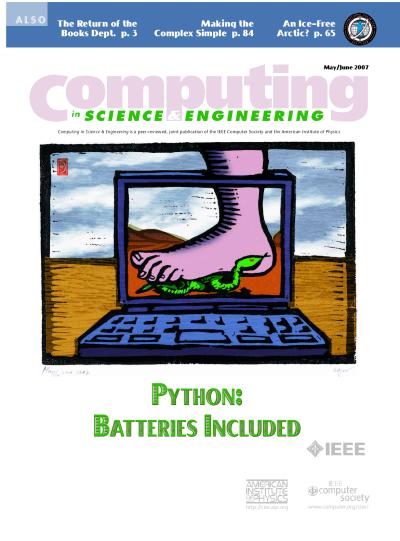
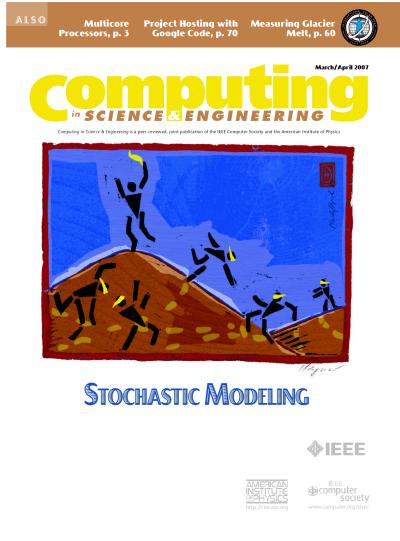
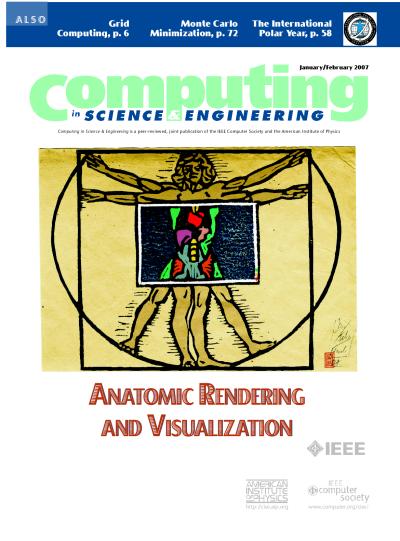
2006
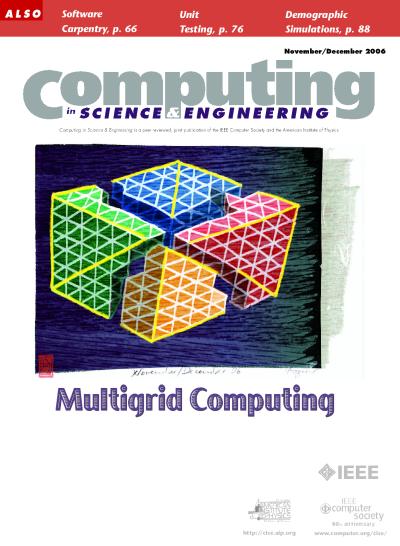
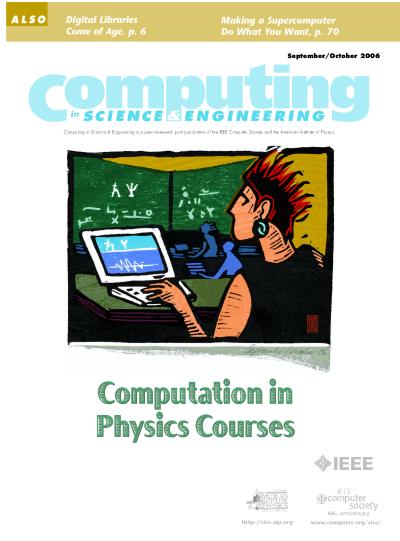
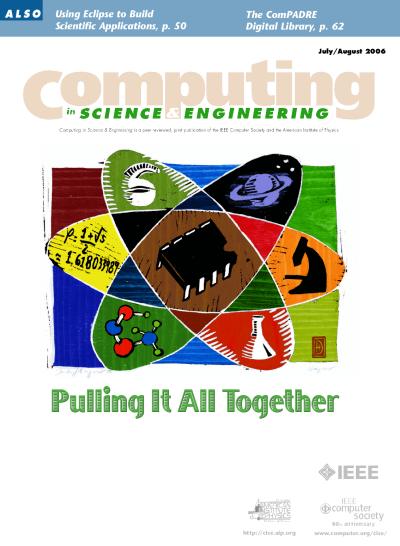
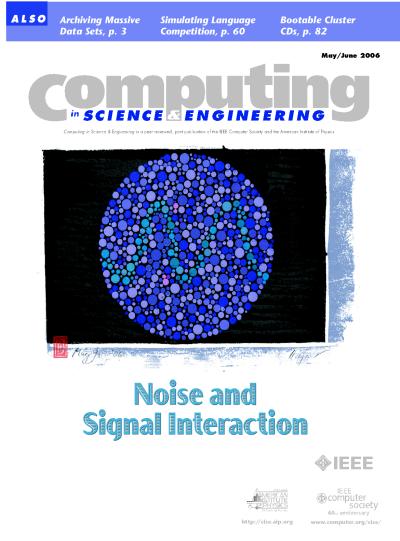
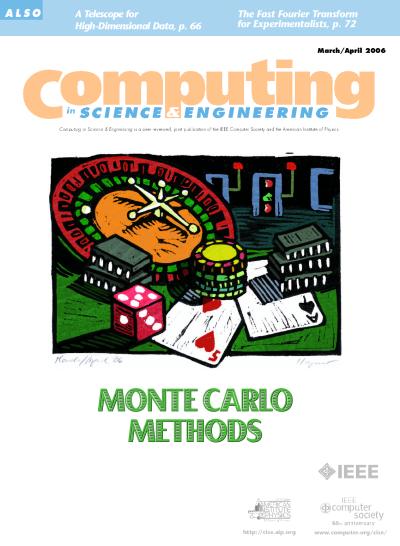
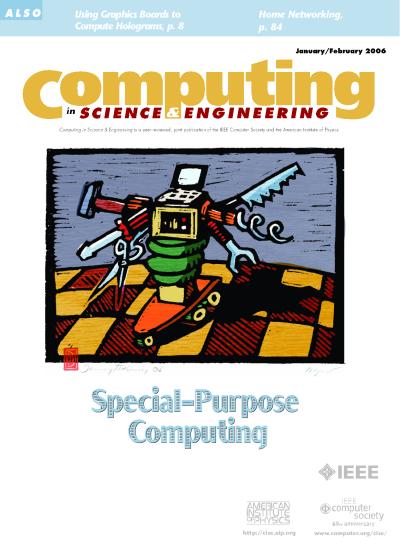
2005
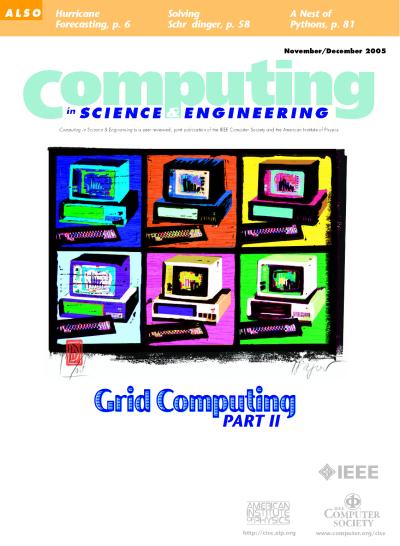
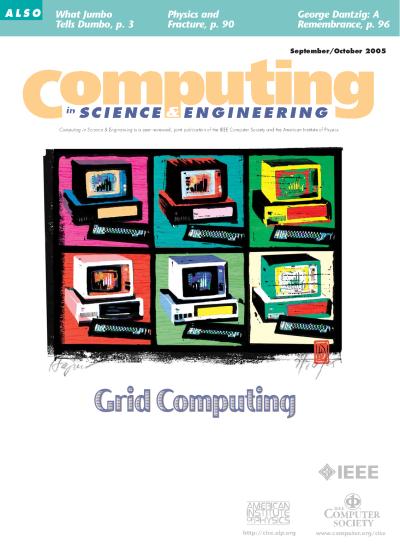
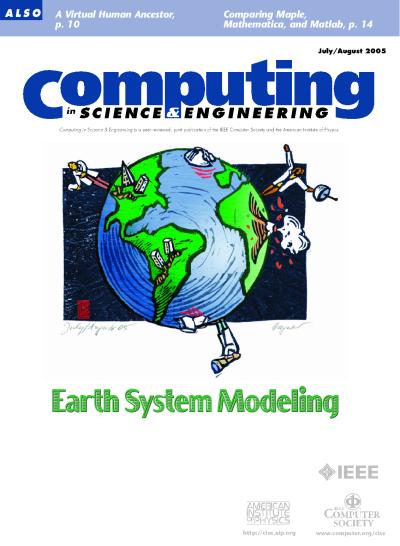
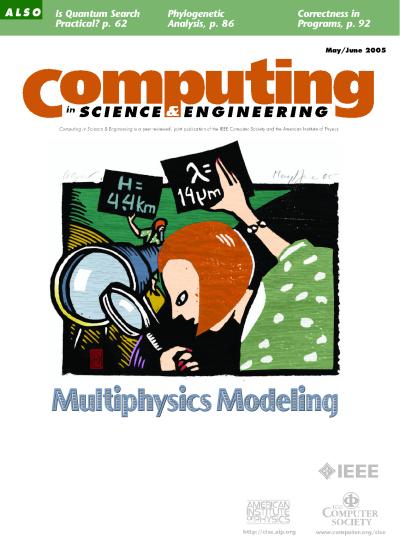
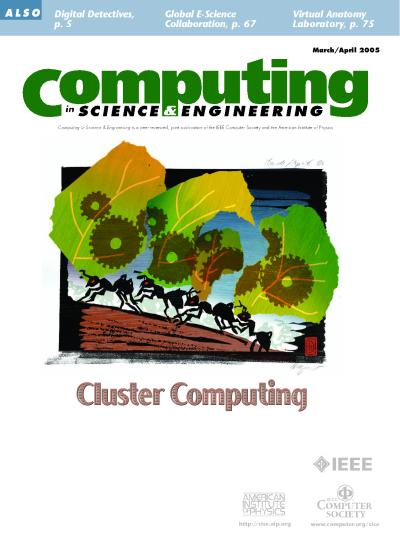
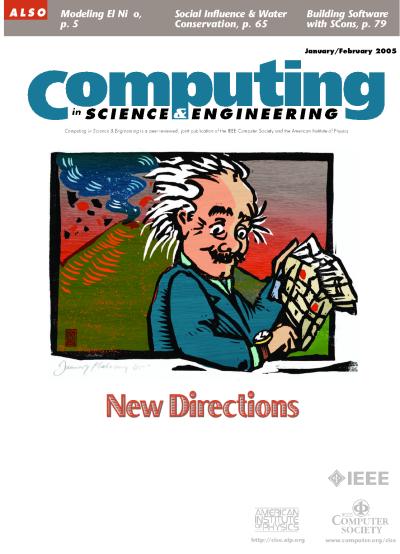
2004
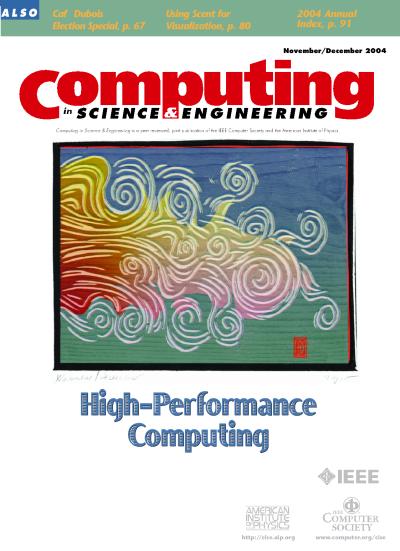
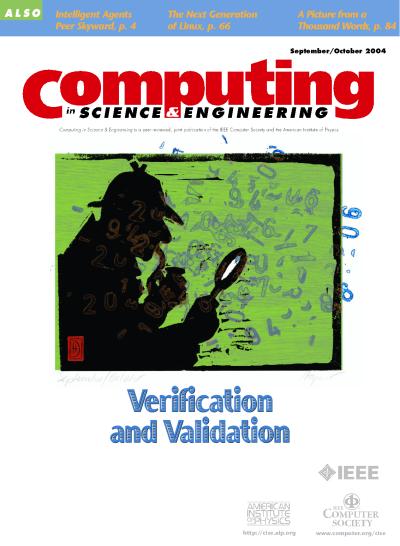
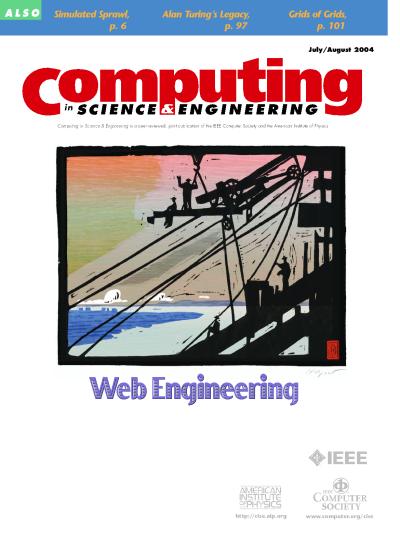

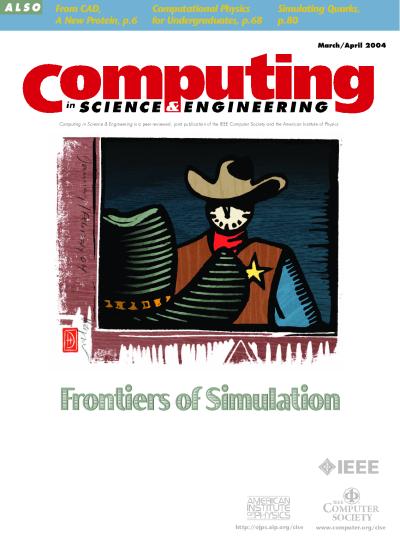
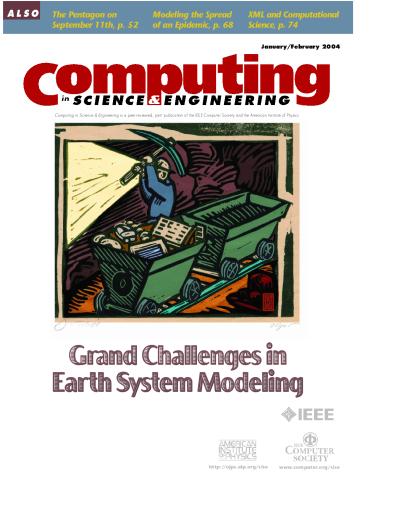
2003
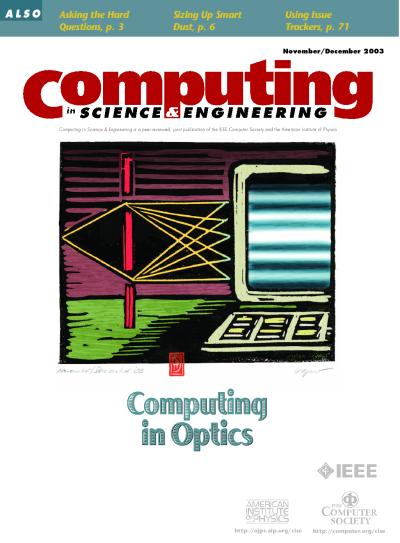
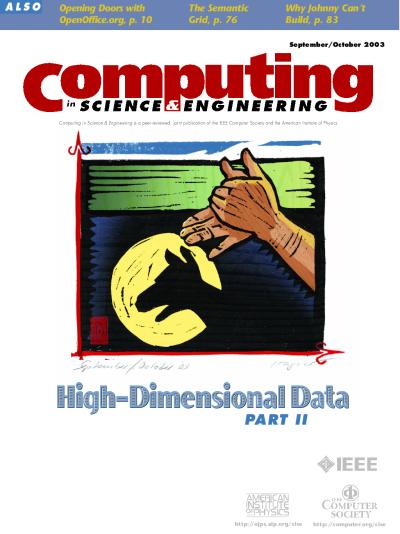
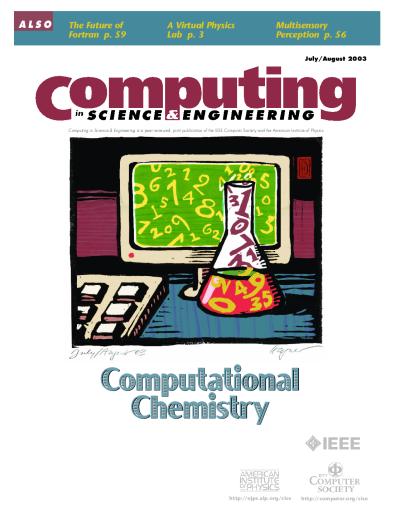
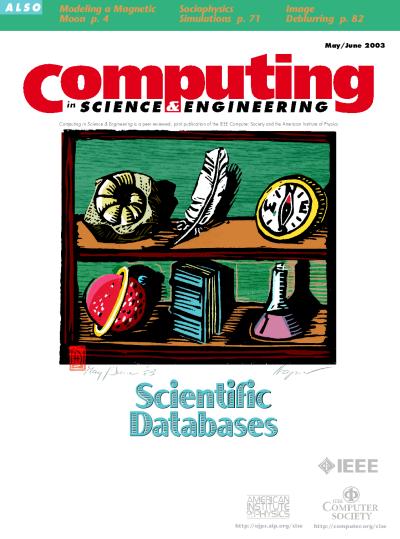
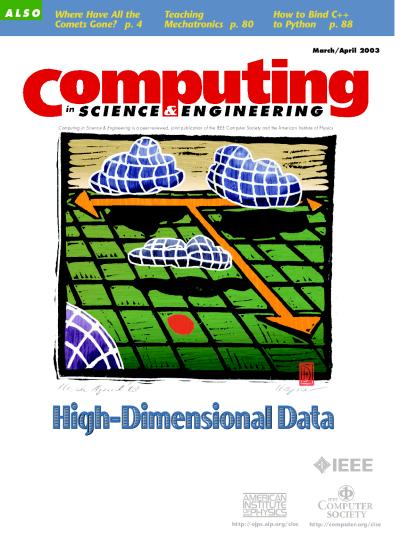
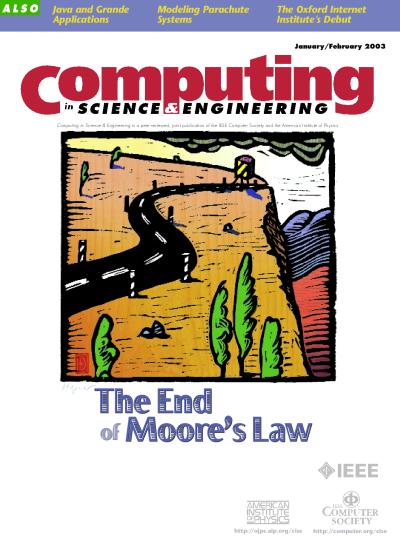
2002
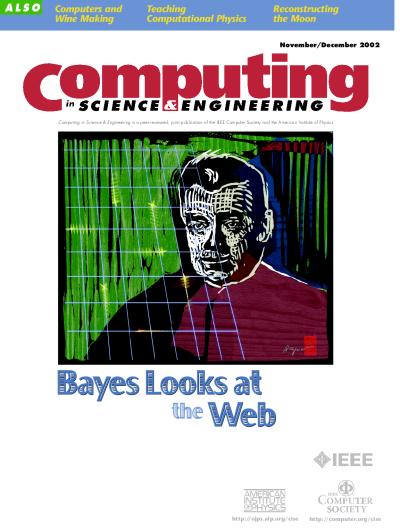
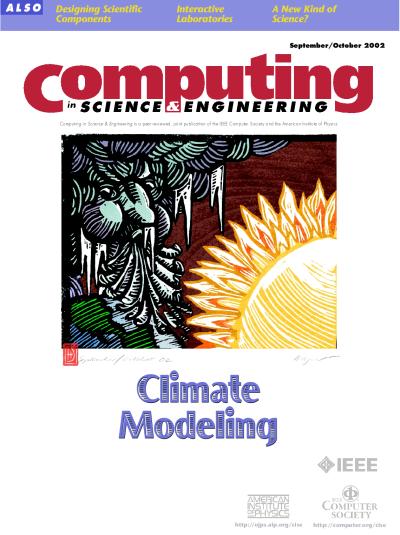
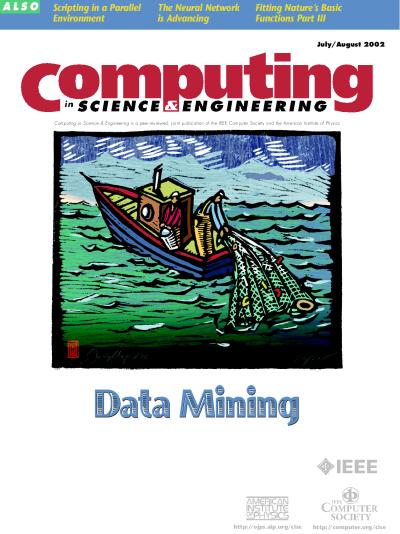
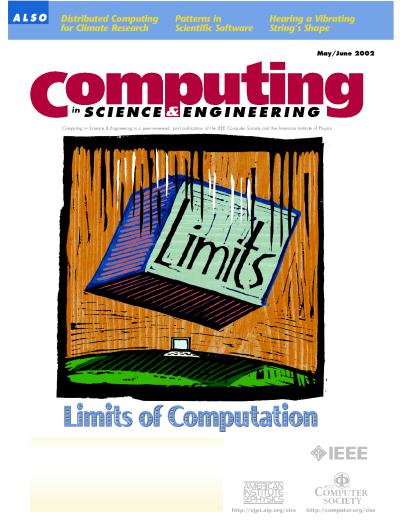
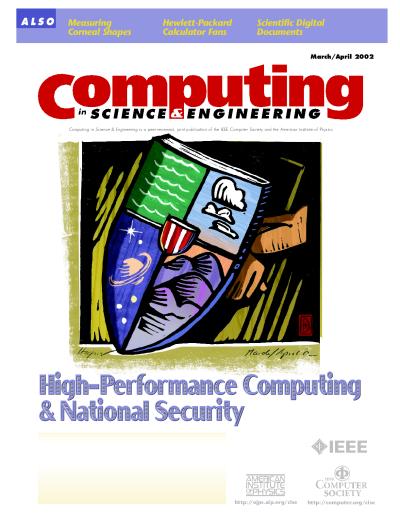
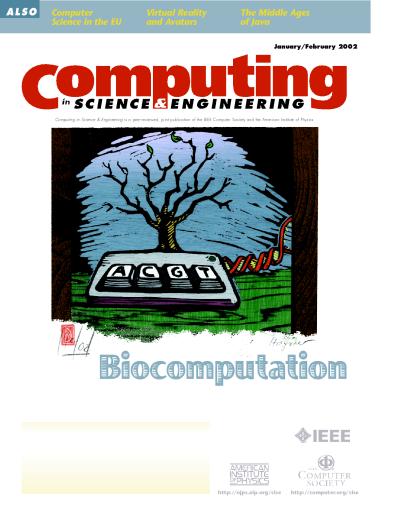
2001
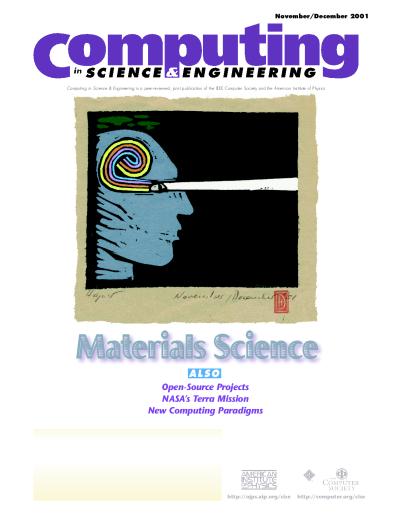
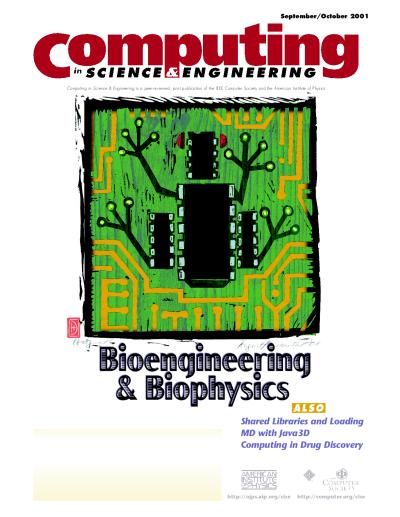
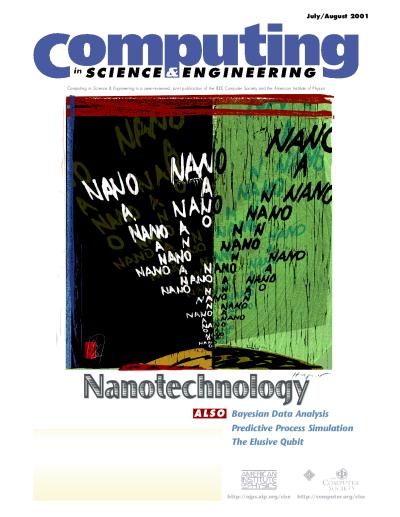
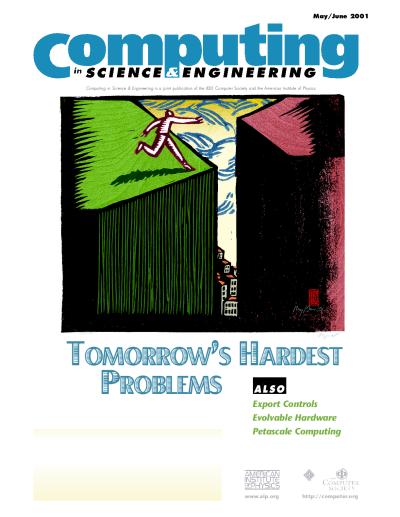
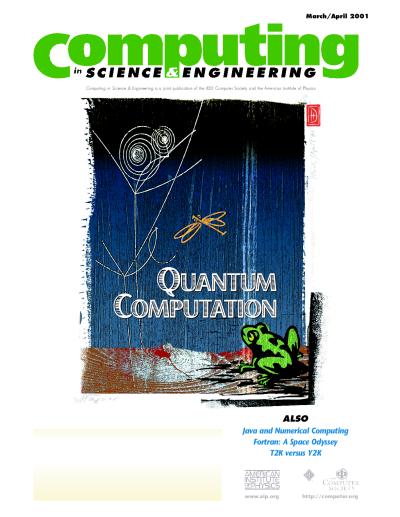
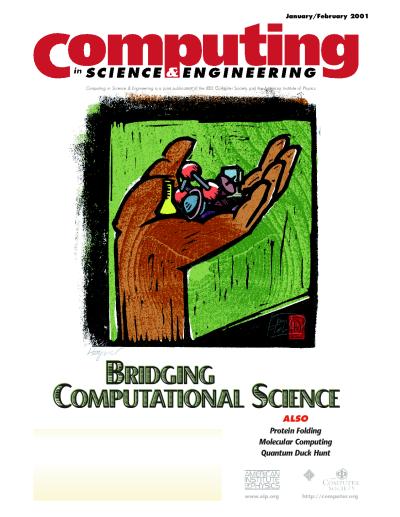
2000
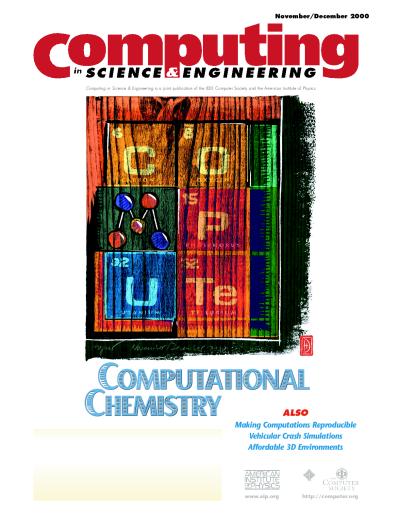
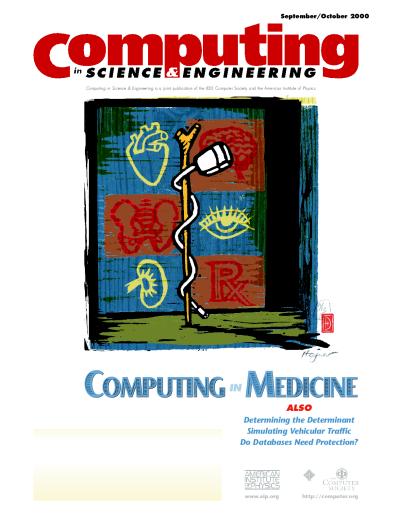
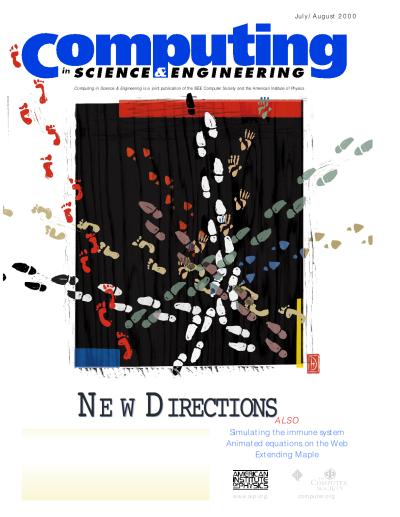
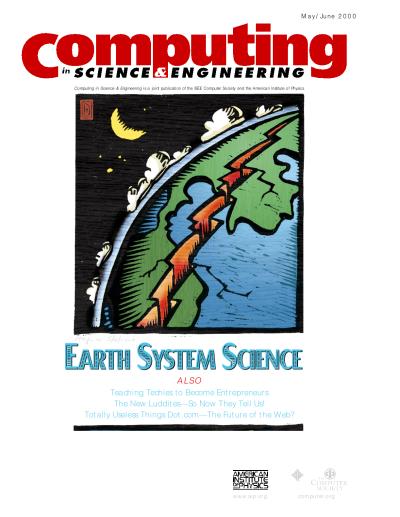
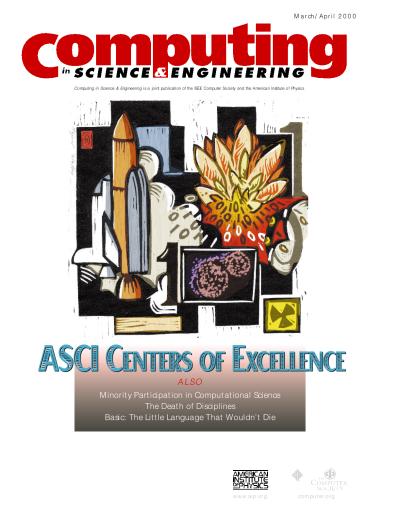
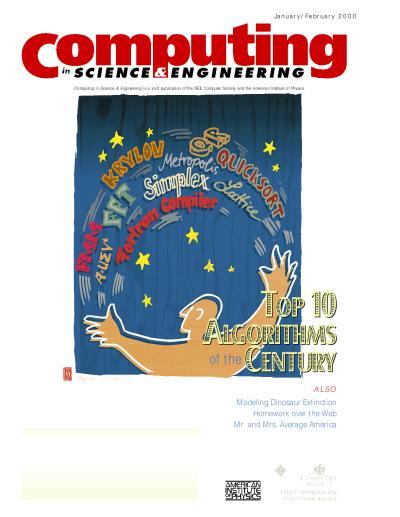
1999
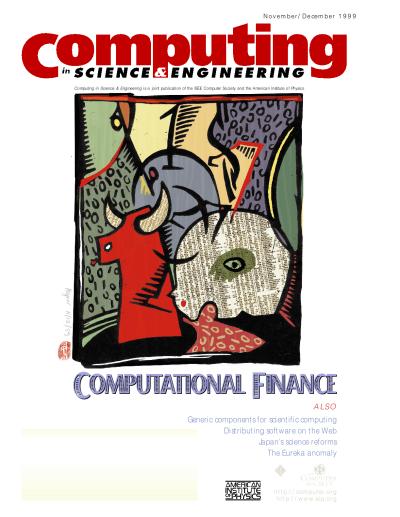
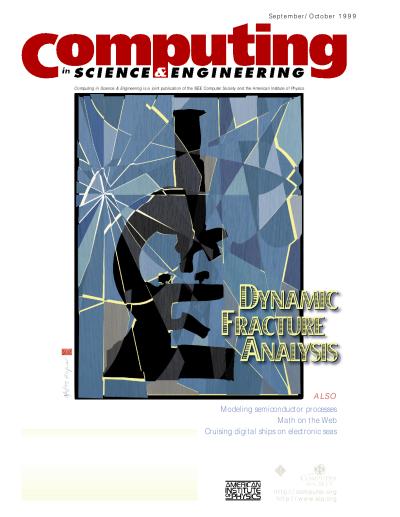
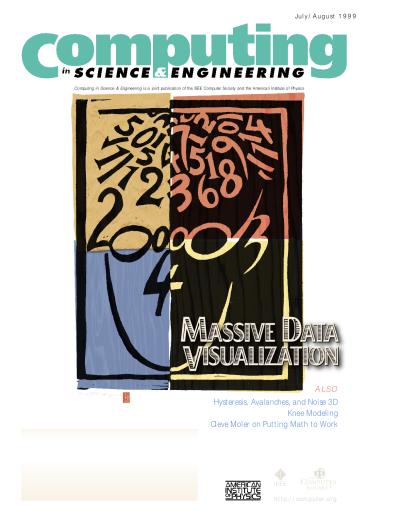
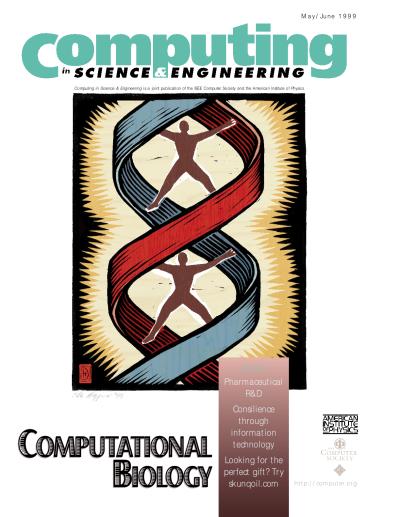
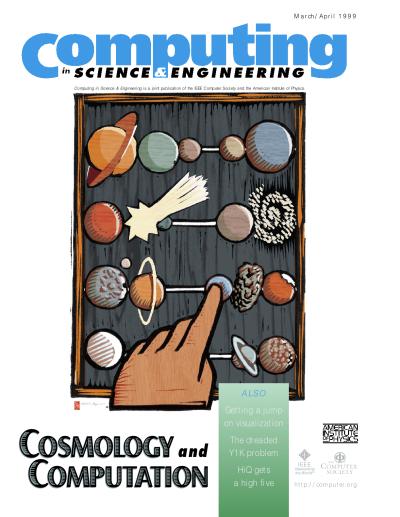

A searchable index (title, author, year) of all 2013 IEEE Computing in Science and Engineering articles (excluding table of contents, front covers, commercials).
Common themes: security; privacy; big data; internet of things; standards; economics; management; services; hybrid; migration; economics; legal; social; network; patterns; frameworks;
A searchable index of 4129 IEEE Computing in Science and Engineering authors. 656 authors published multiple articles.
| Charles Day | 64 articles |
| George Thiruvathukal | 44 articles |
| Norman Chonacky | 40 articles |
| Francis Sullivan | 38 articles |
| Dianne O'Leary | 37 articles |
| Jim Chen | 34 articles |
| Isabel Beichl | 30 articles |
| Pam Frost Gorder | 28 articles |
| Konrad Hinsen | 27 articles |
| Paul Dubois | 25 articles |
| Jeffrey Carver | 23 articles |
| Douglass Post | 21 articles |
| Cláudio Silva | 19 articles |
| Geoffrey Fox | 19 articles |
| Lorena Barba | 15 articles |
| Nargess Memarsadeghi | 15 articles |
| Manish Parashar | 14 articles |
| Volodymyr Kindratenko | 14 articles |
| Steven Gottlieb | 13 articles |
| Konstantin Läufer | 13 articles |
| David Lewin | 13 articles |
| Anshu Dubey | 12 articles |
| Daniel Weiskopf | 12 articles |
| Michael Papka | 11 articles |
| Bert Rust | 11 articles |
| Daniel Katz | 10 articles |
| Denis Donnelly | 10 articles |
| Jack Dongarra | 9 articles |
| John Shalf | 9 articles |
| Micah Schuster | 8 articles |
| Michael Heroux | 8 articles |
| Lois Curfman McInnes | 8 articles |
| Gabriel Wainer | 8 articles |
| James Hack | 8 articles |
| Aiichiro Nakano | 8 articles |
| Richard Kendall | 8 articles |
| Alexander Szalay | 8 articles |
| John Rundle | 8 articles |
| Anne Jacobson | 8 articles |
| Ewa Deelman | 7 articles |
| Mary Ann Leung | 7 articles |
| Damian Rouson | 7 articles |
| Barry Schneider | 7 articles |
| João Luiz Dihl Comba | 7 articles |
| Sandra Gesing | 7 articles |
| Juliana Freire | 7 articles |
| Scott Lathrop | 7 articles |
| Nancy Forbes | 7 articles |
| Rubin Landau | 7 articles |
| David Winch | 7 articles |
| Karan Vahi | 6 articles |
| Anne Elster | 6 articles |
| Sharon Broude Geva | 6 articles |
| Dirk Colbry | 6 articles |
| João Comba | 6 articles |
| Kelly Gaither | 6 articles |
| Karla Morris | 6 articles |
| James Ahrens | 6 articles |
| Priya Vashishta | 6 articles |
| Marlon Pierce | 6 articles |
| Kwan-Liu Ma | 6 articles |
| Francis Alexander | 6 articles |
| Steven Barrett | 6 articles |
| Yonggao Yang | 6 articles |
| Joel Tohline | 6 articles |
| Douglas Tougaw | 6 articles |
| Greg Goth | 6 articles |
| Donald Shirer | 6 articles |
| William Thompson | 6 articles |
| Irina Tezaur | 5 articles |
| Erik Draeger | 5 articles |
| David Bernholdt | 5 articles |
| Michela Taufer | 5 articles |
| Ivan Rodero | 5 articles |
| John Stone | 5 articles |
| William Gropp | 5 articles |
| Tiffany Barnes | 5 articles |
| Jamie Payton | 5 articles |
| Wei Quan | 5 articles |
| Rajiv Kalia | 5 articles |
| Osman Yasar | 5 articles |
| Salman Habib | 5 articles |
| Peter Coveney | 5 articles |
| Lin Yang | 5 articles |
| Tian-Yu Zhang | 5 articles |
| Pei-Dong Dai | 5 articles |
| Muhammad Sahimi | 5 articles |
| Julian Noble | 5 articles |
| George Cybenko | 5 articles |
| Norris Parker Smith | 5 articles |
| Gregory Watson | 4 articles |
| Torsten Hoefler | 4 articles |
| Thomas Schulthess | 4 articles |
| Hai Ah Nam | 4 articles |
| William Godoy | 4 articles |
| Addi Malviya-Thakur | 4 articles |
| Reed Milewicz | 4 articles |
| David Rogers | 4 articles |
| Gerhard Klimeck | 4 articles |
| Dali Wang | 4 articles |
| Hans-Joachim Bungartz | 4 articles |
| Kathryn Mohror | 4 articles |
| Martin Berzins | 4 articles |
| David Ebert | 4 articles |
| Brian Granger | 4 articles |
| Steven Gordon | 4 articles |
| Neil Chue Hong | 4 articles |
| Yanlin Luo | 4 articles |
| Zhigeng Pan | 4 articles |
| Qiang Peng | 4 articles |
| Shantenu Jha | 4 articles |
| Andy Terrel | 4 articles |
| Michael Zingale | 4 articles |
| Michael Jay Schillaci | 4 articles |
| Loren Miller | 4 articles |
| Lawrence Votta | 4 articles |
| Massimo Di Pierro | 4 articles |
| Bo-Wen Shen | 4 articles |
| Yaoxue Zhang | 4 articles |
| Nathan Hariharan | 4 articles |
| Kevin Newmeyer | 4 articles |
| Chris Atwood | 4 articles |
| Stéphane Ethier | 4 articles |
| Yan Liu | 4 articles |
| Katrin Heitmann | 4 articles |
| Victoria Stodden | 4 articles |
| Aniruddha Thakar | 4 articles |
| Judith Bayard Cushing | 4 articles |
| Thomas Sterling | 4 articles |
| Thomas Ertl | 4 articles |
| Eugenio Roanes-Lozano | 4 articles |
| Zheng-Min Wang | 4 articles |
| Xusheng Wang | 4 articles |
| George Karniadakis | 4 articles |
| Andrea Donnellan | 4 articles |
| James Sethna | 4 articles |
| Greg Wilson | 4 articles |
| Michael Gray | 4 articles |
| Sebastiano Fabio Schifano | 4 articles |
| Raffaele Tripiccione | 4 articles |
| Ani Thakar | 4 articles |
| Wolfgang Christian | 4 articles |
| Bruce Boghosian | 4 articles |
| Mohamed Wahib | 3 articles |
| Michael Zink | 3 articles |
| Rinku Gupta | 3 articles |
| Roscoe Bartlett | 3 articles |
| Mark Miller | 3 articles |
| Pete Beckman | 3 articles |
| Ian Foster | 3 articles |
| Daniel Reed | 3 articles |
| Ravi Madduri | 3 articles |
| Ian Cosden | 3 articles |
| Richard Gerber | 3 articles |
| Hartwig Anzt | 3 articles |
| James Willenbring | 3 articles |
| Ann Almgren | 3 articles |
| Miranda Mundt | 3 articles |
| Duncan Brown | 3 articles |
| Ilkay Altintas | 3 articles |
| Bronis de Supinski | 3 articles |
| Robert Ross | 3 articles |
| Patrick Diehl | 3 articles |
| Rafael Ferreira da Silva | 3 articles |
| Douglas Thain | 3 articles |
| Alejandro Strachan | 3 articles |
| Timo Betcke | 3 articles |
| Piotr Luszczek | 3 articles |
| Soumya Dutta | 3 articles |
| Terece Turton | 3 articles |
| Jeffrey Vetter | 3 articles |
| Ann Jeffers | 3 articles |
| John Towns | 3 articles |
| Beth Plale | 3 articles |
| Prabhu Ramachandran | 3 articles |
| Audrey Reinert | 3 articles |
| John West | 3 articles |
| Fernando Pérez | 3 articles |
| Massimo DiPierro | 3 articles |
| Kinnis Gosha | 3 articles |
| Joan Adler | 3 articles |
| Yongquan Jiang | 3 articles |
| Chaoqun Xiang | 3 articles |
| Kaidi Li | 3 articles |
| Katie Elyce Jones | 3 articles |
| Joseph Insley | 3 articles |
| Vitali Morozov | 3 articles |
| Ann Christine Catlin | 3 articles |
| Nancy Wilkins-Diehr | 3 articles |
| Sharon Glotzer | 3 articles |
| Jonathan Hines | 3 articles |
| Gheorghe Tecuci | 3 articles |
| Dirk Pleiter | 3 articles |
| Oscar Goldfarb | 3 articles |
| Joseph Gorski | 3 articles |
| Scott Morton | 3 articles |
| Luis Gustavo Nonato | 3 articles |
| Laura Wolf | 3 articles |
| Paul Messina | 3 articles |
| Filip Sadlo | 3 articles |
| Matthew Turk | 3 articles |
| Kristy Elizabeth Boyer | 3 articles |
| Saikat Dey | 3 articles |
| Rafael Santos | 3 articles |
| Viktor Decyk | 3 articles |
| Patricia Fasel | 3 articles |
| Lizhe Wang | 3 articles |
| Peter Bastian | 3 articles |
| Eric Ayars | 3 articles |
| D. Stevenson | 3 articles |
| Denis Navarro | 3 articles |
| Wei-Kuo Tao | 3 articles |
| Bill Howe | 3 articles |
| Keqiang Wang | 3 articles |
| Emanuele Santos | 3 articles |
| Xiaogang Jin | 3 articles |
| Jay Parker | 3 articles |
| Dennis McLeod | 3 articles |
| David Donoho | 3 articles |
| Gabriel Peyré | 3 articles |
| Bruce Hendrickson | 3 articles |
| Diane Kelly | 3 articles |
| Rudolf Eigenmann | 3 articles |
| Francisco Esquembre | 3 articles |
| Gaël Varoquaux | 3 articles |
| Carlos Eduardo Scheidegger | 3 articles |
| Craig Steffen | 3 articles |
| Wen-mei Hwu | 3 articles |
| Mohankumar Nandagopal | 3 articles |
| Kao-San Yeh | 3 articles |
| Cameron Wright | 3 articles |
| Erik Anderson | 3 articles |
| Ulrich Rüde | 3 articles |
| Peter Knipp | 3 articles |
| S. Raj Chaudhury | 3 articles |
| Thom Dunning | 3 articles |
| Alan Calder | 3 articles |
| Daniel Tofan | 3 articles |
| Francesco Belletti | 3 articles |
| Steven Callahan | 3 articles |
| Thomas Murphy | 3 articles |
| Cosmin Pancratov | 3 articles |
| Jacob Kurzer | 3 articles |
| Kelly Shaw | 3 articles |
| Matthew Trawick | 3 articles |
| Efthimios Kaxiras | 3 articles |
| Sauro Succi | 3 articles |
| Jim Gray | 3 articles |
| Mario Belloni | 3 articles |
| Michael Berry | 3 articles |
| Daniel Tartakovsky | 3 articles |
| Dietrich Stauffer | 3 articles |
| Dennis Gannon | 3 articles |
| Charles Holland | 3 articles |
| James Nagy | 3 articles |
| Albert Zomaya | 3 articles |
| Andrew Lo | 3 articles |
| Marc Henry de Frahan | 2 articles |
| Michael James Martin | 2 articles |
| Hariswaran Sitaraman | 2 articles |
| Marc Day | 2 articles |
| Kyle Niemeyer | 2 articles |
| Jens Domke | 2 articles |
| Tal Ben-Nun | 2 articles |
| Miriam Leeser | 2 articles |
| Suranga Handagala | 2 articles |
| Patricia Grubel | 2 articles |
| Deborah Stevens | 2 articles |
| Matthias Troyer | 2 articles |
| Stephen Fickas | 2 articles |
| Boyana Norris | 2 articles |
| Vanessa Sochat | 2 articles |
| Jakob Lüttgau | 2 articles |
| Sergi Molins | 2 articles |
| David Trebotich | 2 articles |
| Carl Steefel | 2 articles |
| David McCallen | 2 articles |
| N. Anders Petersson | 2 articles |
| Mamun Miah | 2 articles |
| Andrew Siegel | 2 articles |
| Cosmin Petra | 2 articles |
| Erik Palmer | 2 articles |
| Axel Huebl | 2 articles |
| Sameer Suresh Shende | 2 articles |
| Todd Gamblin | 2 articles |
| Osni Marques | 2 articles |
| Elaine Raybourn | 2 articles |
| Suzanne Parete-Koon | 2 articles |
| Benjamin Sims | 2 articles |
| Scott Parker | 2 articles |
| Sonia Lopez Alarcon | 2 articles |
| Silvina Caíno-Lores | 2 articles |
| Lisa Frehill | 2 articles |
| Daniel Martin | 2 articles |
| Peer-Timo Bremer | 2 articles |
| Valerio Pascucci | 2 articles |
| Philip Carns | 2 articles |
| Philip Guo | 2 articles |
| Christoph Schär | 2 articles |
| Oliver Fuhrer | 2 articles |
| Matthew Hoffman | 2 articles |
| Cassandra Hayes | 2 articles |
| Kerk Kee | 2 articles |
| Natalie Meyers | 2 articles |
| Rio Yokota | 2 articles |
| Steven Brandt | 2 articles |
| Giovanni Aloisio | 2 articles |
| Claire Stirm | 2 articles |
| Charles Hansen | 2 articles |
| Nils Wedi | 2 articles |
| Peter Bauer | 2 articles |
| Alfonso Urquia | 2 articles |
| Nasir Eisty | 2 articles |
| Keith Beattie | 2 articles |
| Jonathan Guyer | 2 articles |
| Sunita Chandrasekaran | 2 articles |
| David Abramson | 2 articles |
| Yousef Saad | 2 articles |
| Mark Adams | 2 articles |
| Hong Zhang | 2 articles |
| Jed Brown | 2 articles |
| Matthew Knepley | 2 articles |
| Scott Kruger | 2 articles |
| Barry Smith | 2 articles |
| Niels Drost | 2 articles |
| T. Daniel Crawford | 2 articles |
| Andrea Mandanici | 2 articles |
| Giuseppe Mandaglio | 2 articles |
| Giacomo Fiumara | 2 articles |
| Paul Navrátil | 2 articles |
| David DeMarle | 2 articles |
| Rosa Badia | 2 articles |
| Jorge Ejarque | 2 articles |
| Phil Hasnip | 2 articles |
| Scott Woodley | 2 articles |
| Mark Parsons | 2 articles |
| Garth Wells | 2 articles |
| Valerie Taylor | 2 articles |
| Robert Voigt | 2 articles |
| Amanda Randles | 2 articles |
| Timothy Germann | 2 articles |
| Michael Norman | 2 articles |
| Didem Unat | 2 articles |
| Tanu Malik | 2 articles |
| Nicolas Rougier | 2 articles |
| Rollin Thomas | 2 articles |
| Lisandro Dalcín | 2 articles |
| Michael Garland | 2 articles |
| William Reinhardt | 2 articles |
| Richard Todd Evans | 2 articles |
| Aaron Dubrow | 2 articles |
| Maytal Dahan | 2 articles |
| Wei Chen | 2 articles |
| Shreyas Cholia | 2 articles |
| Thomas Kluyver | 2 articles |
| Hans Fangohr | 2 articles |
| Venkatram Vishwanath | 2 articles |
| Rick Stevens | 2 articles |
| Xuanyi Lin | 2 articles |
| Michelle Simon | 2 articles |
| Nan Niu | 2 articles |
| Rodrigo Castro | 2 articles |
| Spencer Smith | 2 articles |
| Andreas Tolk | 2 articles |
| Ayan Biswas | 2 articles |
| Luke Snyder | 2 articles |
| Jieqiong Zhao | 2 articles |
| Andrew Fox | 2 articles |
| Dean Hougen | 2 articles |
| Charles Nicholson | 2 articles |
| Robert Cummings | 2 articles |
| Earl Huff Jr. | 2 articles |
| Naja Mack | 2 articles |
| Kevin Womack | 2 articles |
| Amber Reid | 2 articles |
| Brandon Ghoram | 2 articles |
| Juan Gilbert | 2 articles |
| Fernanda Foertter | 2 articles |
| Rommie Amaro | 2 articles |
| Joanna Goode | 2 articles |
| Gail Chapman | 2 articles |
| Alicia Nicki Washington | 2 articles |
| Felesia Stukes | 2 articles |
| Alan Peterfreund | 2 articles |
| Sarah Dunton | 2 articles |
| Rajkumar Buyya | 2 articles |
| Amitabh Varshney | 2 articles |
| Roberto Di Cosmo | 2 articles |
| Maryann Martone | 2 articles |
| Tianrui Li | 2 articles |
| Chunyang Chen | 2 articles |
| Shu Cheng | 2 articles |
| Yating Chen | 2 articles |
| Nils Heinonen | 2 articles |
| Lorraine Hwang | 2 articles |
| Olivier Mesnard | 2 articles |
| Yiyi Deng | 2 articles |
| Taozhi Li | 2 articles |
| Xinyu Zhao | 2 articles |
| F. Javier Fernández-Macho | 2 articles |
| William Goddard | 2 articles |
| Qing Li | 2 articles |
| Chuan Yan | 2 articles |
| Dongli Song | 2 articles |
| Daniel Crawl | 2 articles |
| Tom Peterka | 2 articles |
| Mats Rynge | 2 articles |
| Chandima Hewa Nadungodage | 2 articles |
| Andres Bejarano | 2 articles |
| David Matthews | 2 articles |
| Lavanya Ramakrishnan | 2 articles |
| Xun Wu | 2 articles |
| Karthik Ram | 2 articles |
| Simon Hettrick | 2 articles |
| Dorin Marcu | 2 articles |
| Mihai Boicu | 2 articles |
| Aziz Nanthaamornphong | 2 articles |
| Rudi Eigenmann | 2 articles |
| Paul Woodward | 2 articles |
| Gaurav Khanna | 2 articles |
| Ashish Pathak | 2 articles |
| Mehdi Raessi | 2 articles |
| Timothy Williams | 2 articles |
| Esteban Mocskos | 2 articles |
| Santiago Pujol | 2 articles |
| Arfon Smith | 2 articles |
| Giora Alexandron | 2 articles |
| Michal Armoni | 2 articles |
| Michal Gordon | 2 articles |
| David Harel | 2 articles |
| E. Thomas Moyer | 2 articles |
| Scott Sundt | 2 articles |
| Samson Cheung | 2 articles |
| Jim Collins | 2 articles |
| J. Robert Neely | 2 articles |
| Charles Still | 2 articles |
| Lucy McFadden | 2 articles |
| Gábor Tóth | 2 articles |
| Jakub Kurzak | 2 articles |
| Wendy DuBow | 2 articles |
| Steven McGee | 2 articles |
| Ronald Greenberg | 2 articles |
| Lucia Dettori | 2 articles |
| Dale Reed | 2 articles |
| Thomas Theis | 2 articles |
| Yuezhi Zhou | 2 articles |
| Kehua Guo | 2 articles |
| Roger Strawn | 2 articles |
| Sandra Landsberg | 2 articles |
| Forrest Shull | 2 articles |
| Franz Sauer | 2 articles |
| Robert Grossman | 2 articles |
| Eric Gedenk | 2 articles |
| Thomas Uram | 2 articles |
| Jeffrey Forbes | 2 articles |
| Marco Ament | 2 articles |
| Weixing Wang | 2 articles |
| Eric Mestreau | 2 articles |
| Robert Meakin | 2 articles |
| Miles Hurwitz | 2 articles |
| John D'Angelo | 2 articles |
| Richard Vogelsong | 2 articles |
| Jorge Poco | 2 articles |
| Claire Monteleoni | 2 articles |
| Auroop Ganguly | 2 articles |
| Maciej Cytowski | 2 articles |
| Zuzanna Szymanska | 2 articles |
| Manuel Paez | 2 articles |
| Cristian Bordeianu | 2 articles |
| Wei-Li Lee | 2 articles |
| William Tang | 2 articles |
| Judith Segal | 2 articles |
| Marian Petre | 2 articles |
| Helen Sharp | 2 articles |
| Alexander Heinecke | 2 articles |
| Stephen Weppner | 2 articles |
| Sergey Fomel | 2 articles |
| Aleksandra Pawlik | 2 articles |
| Michael Tobis | 2 articles |
| Cameron Smith | 2 articles |
| Mark Shephard | 2 articles |
| Yosuke Kanai | 2 articles |
| Adrian Pope | 2 articles |
| David Daniel | 2 articles |
| M. Jordan Raddick | 2 articles |
| Sangmi Lee Pallickara | 2 articles |
| David Simpson | 2 articles |
| Hanna Remmel | 2 articles |
| Barbara Paech | 2 articles |
| Christian Engwer | 2 articles |
| Qingyu Meng | 2 articles |
| Jose Maliekal | 2 articles |
| Ian Gorton | 2 articles |
| Dan Chen | 2 articles |
| Li Chen | 2 articles |
| Peter Kogge | 2 articles |
| Gavin Schmidt | 2 articles |
| James Johnson | 2 articles |
| Bron Nelson | 2 articles |
| Mingze Bai | 2 articles |
A searchable selection of 0 interesting, educative, thought-provoking, or contraversial quotes.
Here you will find word clouds for each decade. Word clouds are generated from terms used in titles of articles.
Contact
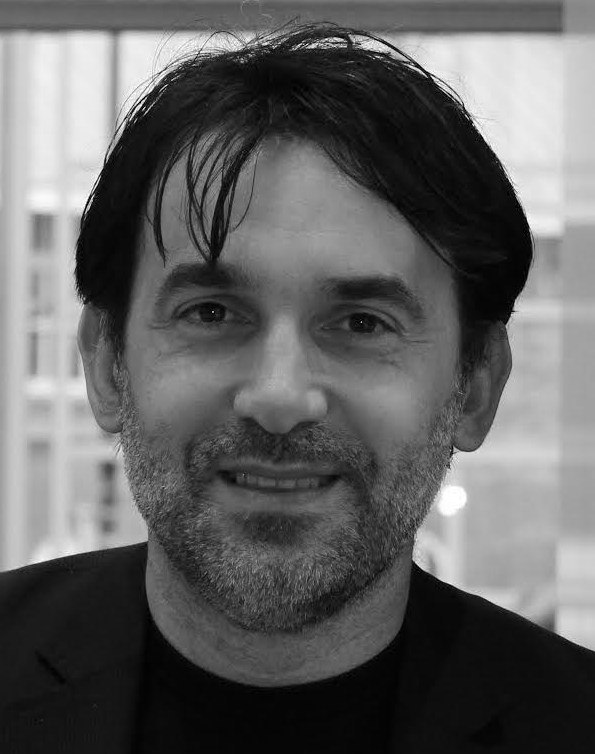 | This site is curated and maintained by Zeljko Obrenovic (@zeljko_obren). Contact him for any questions or suggestions. |